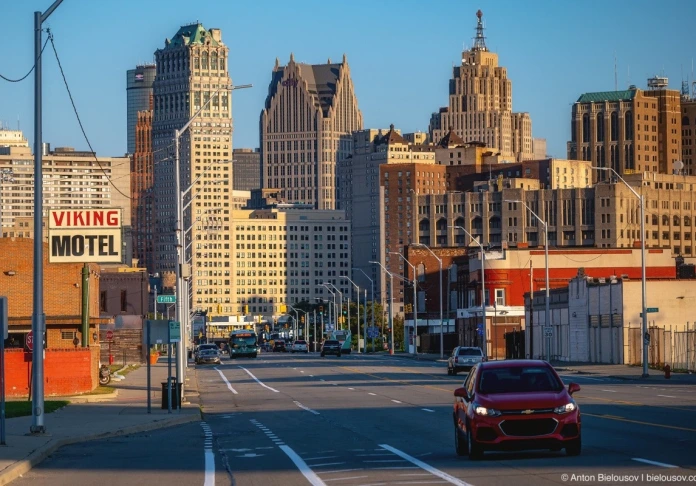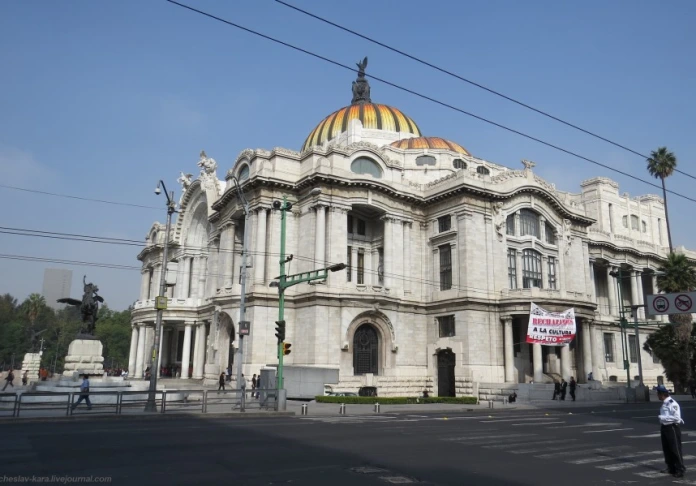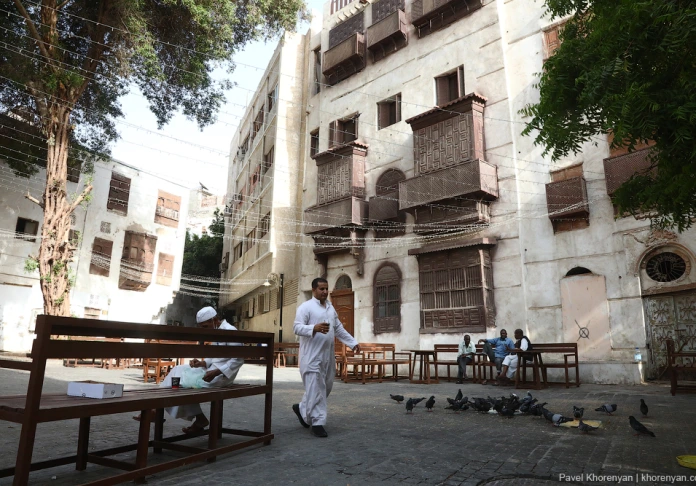Vienna Museum of Art History
I love to go to museums. I like the collections, where many items can be visually compared. I especially want to visit the museum with carefully selected esponatami. And one of these museums is undoubtedly the Vienna Museum of Art History, which is impressive in its collection, and architecture.
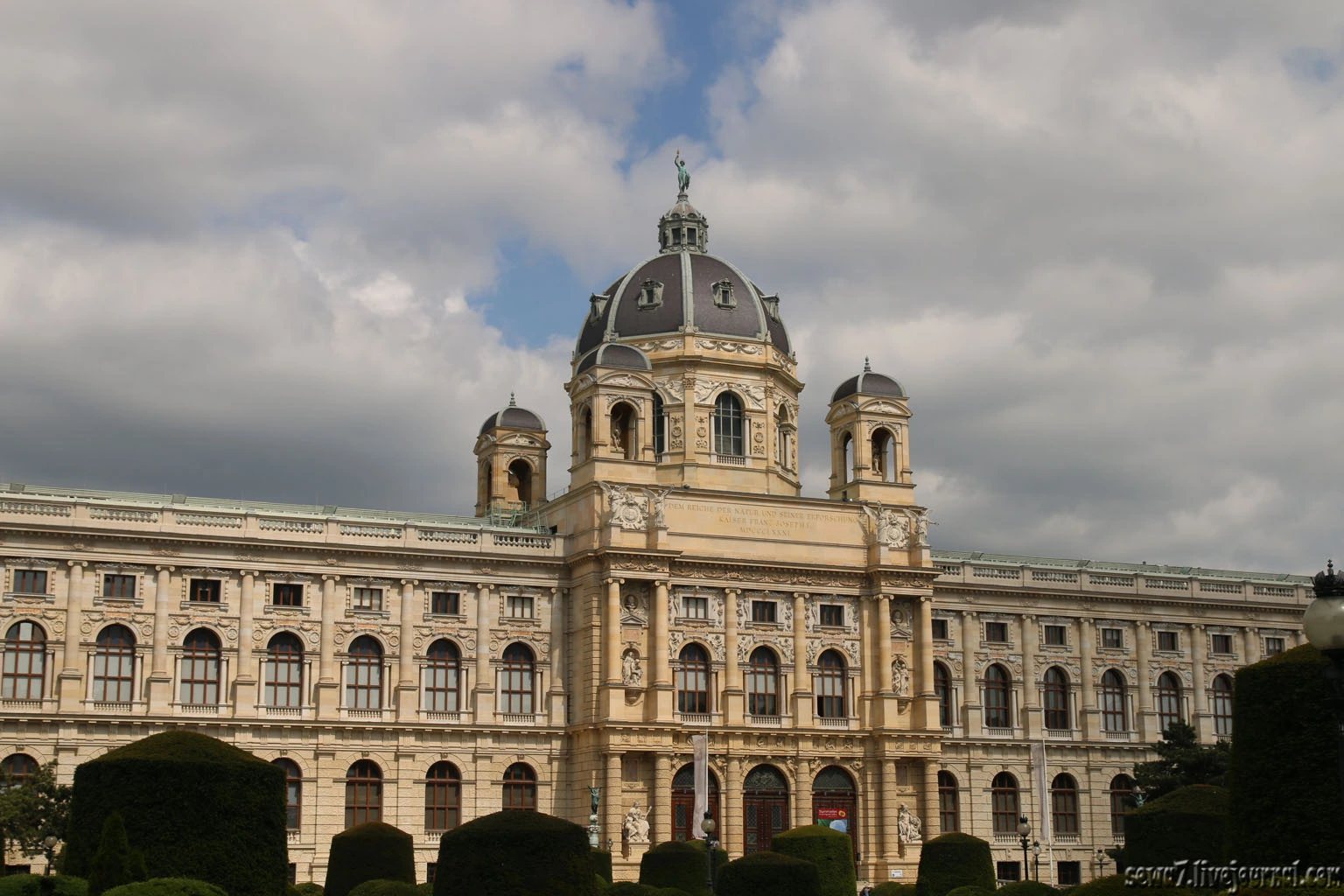
Generally cool that in the middle of XVIII-th century in Europe was born the fashion for many public museums and royal collections of paintings and applied arts became available to the general public.
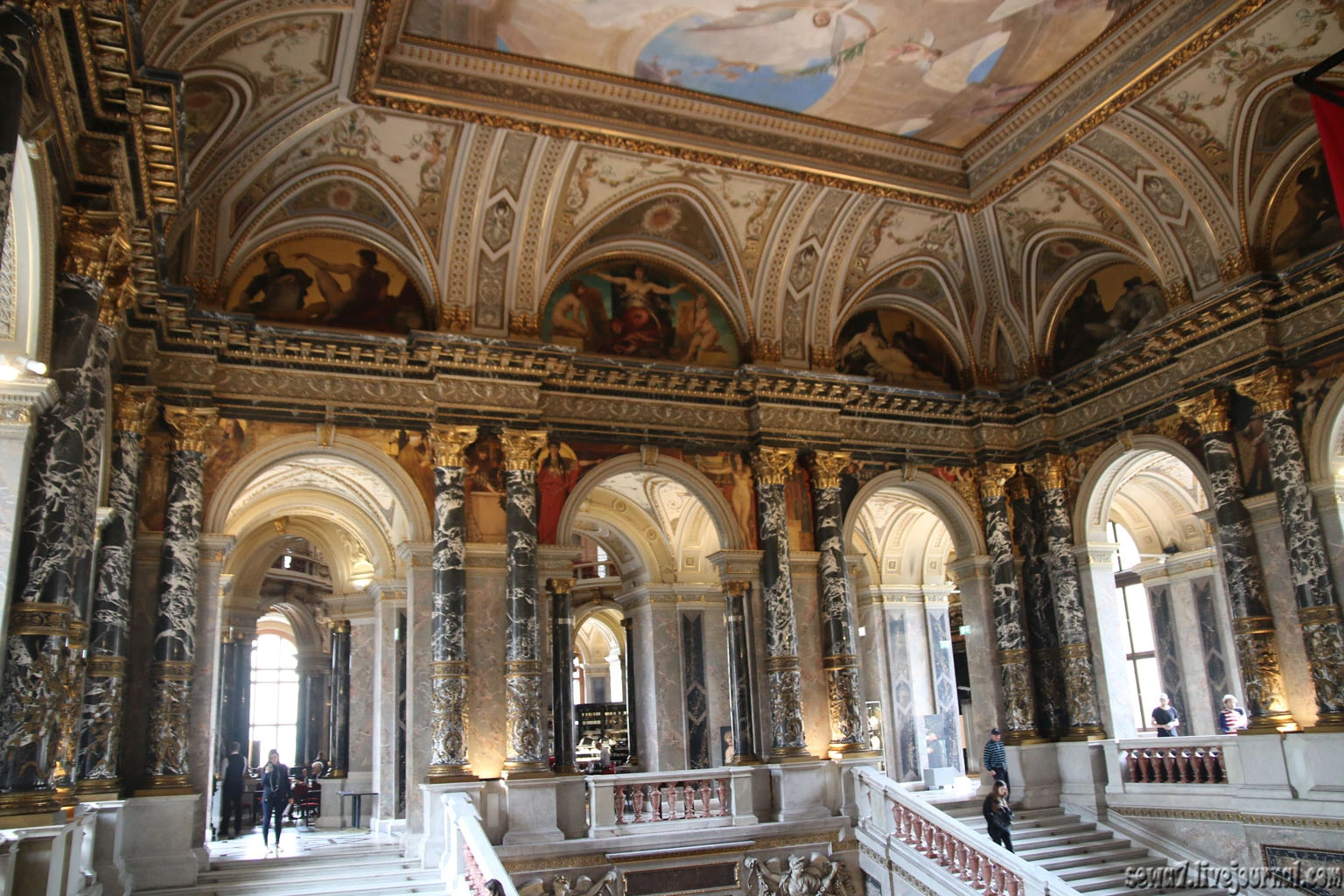
In Vienna, in the course of events for the demolition of the fortress walls, which is not consistent with the spirit of the time, for the construction of the Ringstrasse in 1857 it was also planned the construction of two large museums. Both museums have been built according to the plans of architects Gottfried Semper and Karl von Baron Hazenauera. Construction of the museum began in 1871.
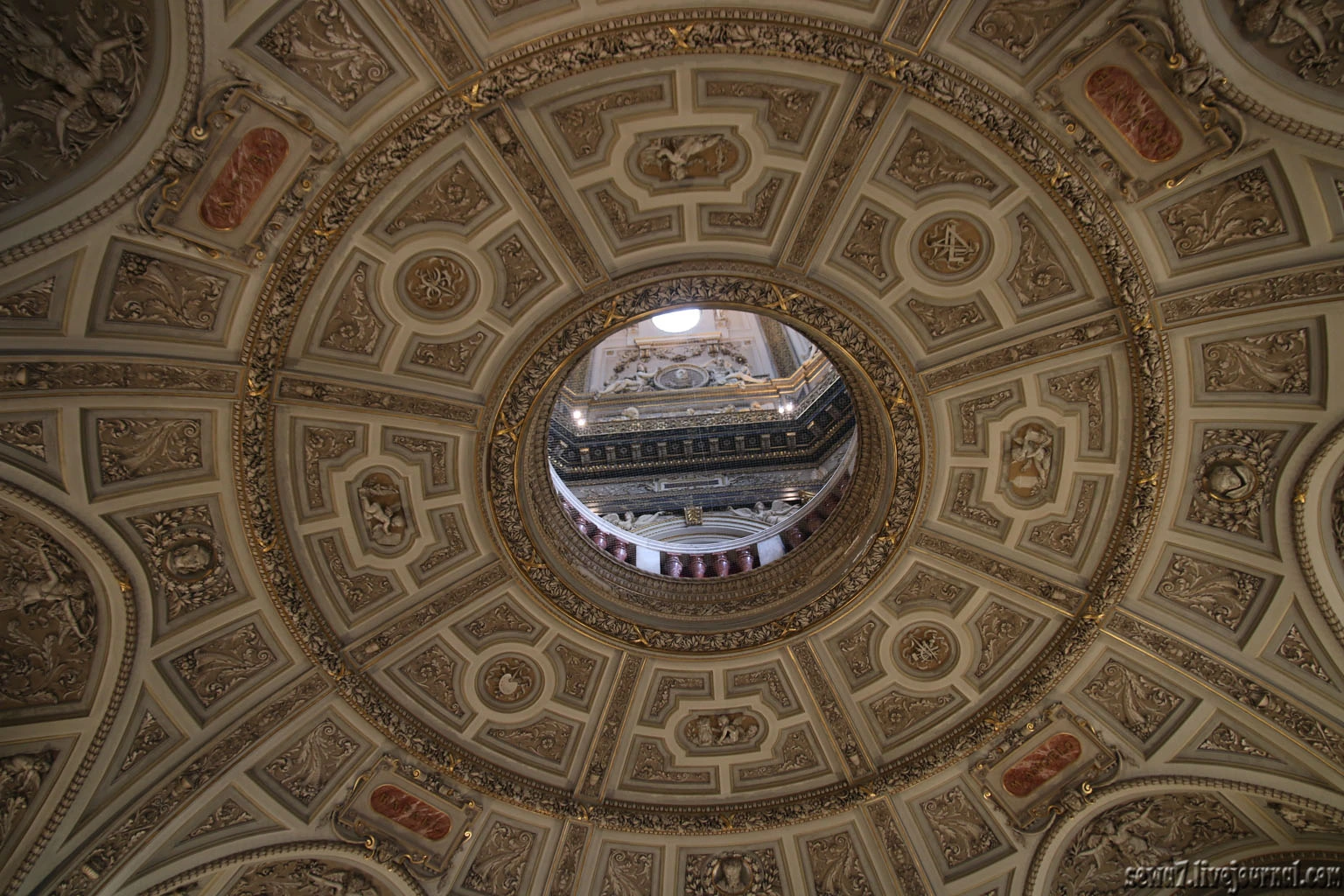
So and built two twin buildings facing each other: the Natural History Museum (opened in 1889) and the Kunsthistorisches Museum (opened in 1891). The Natural History Museum, this time we specifically did not go, but left themselves at the next visit.
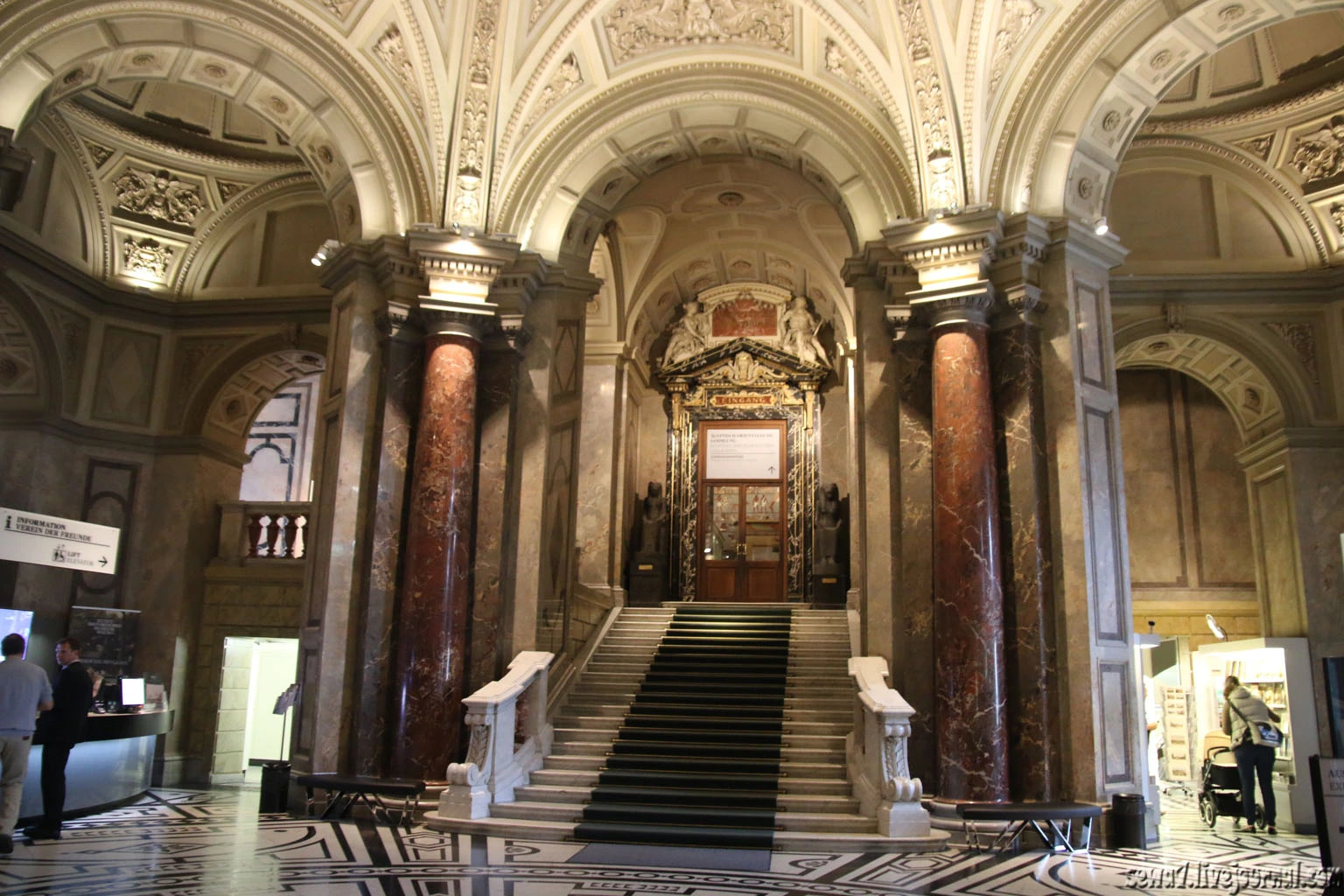
Tickets purchased directly at the museum. It came at a discount, in addition, was later accidentally found out the tickets we have sold our student on the Vienna map. Still close no one sees, put at the entrance to the scanner and come in :)
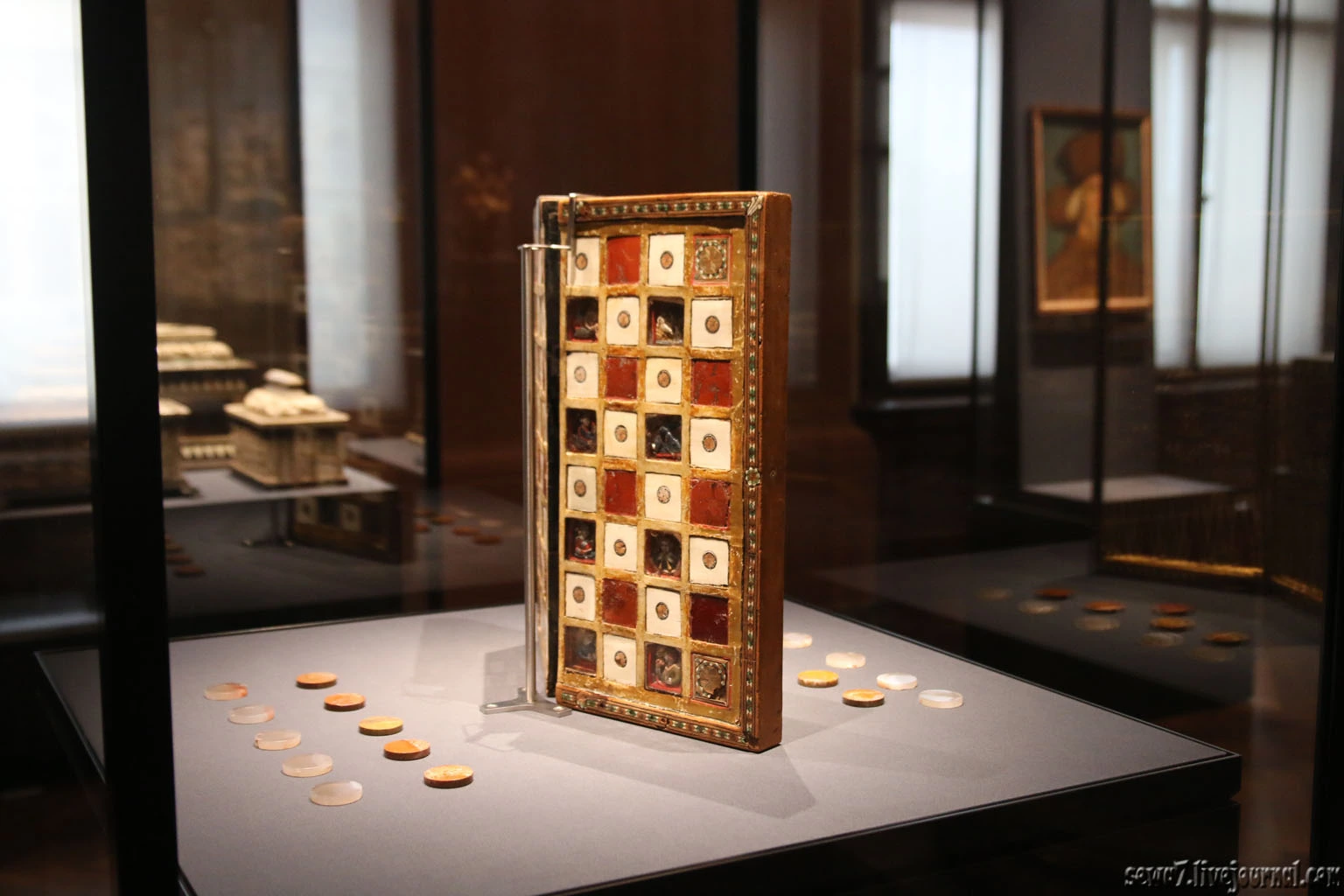
Half of the first floor is unique in its kind Curiosities, consisting of works of applied art made of precious metals and ivory.
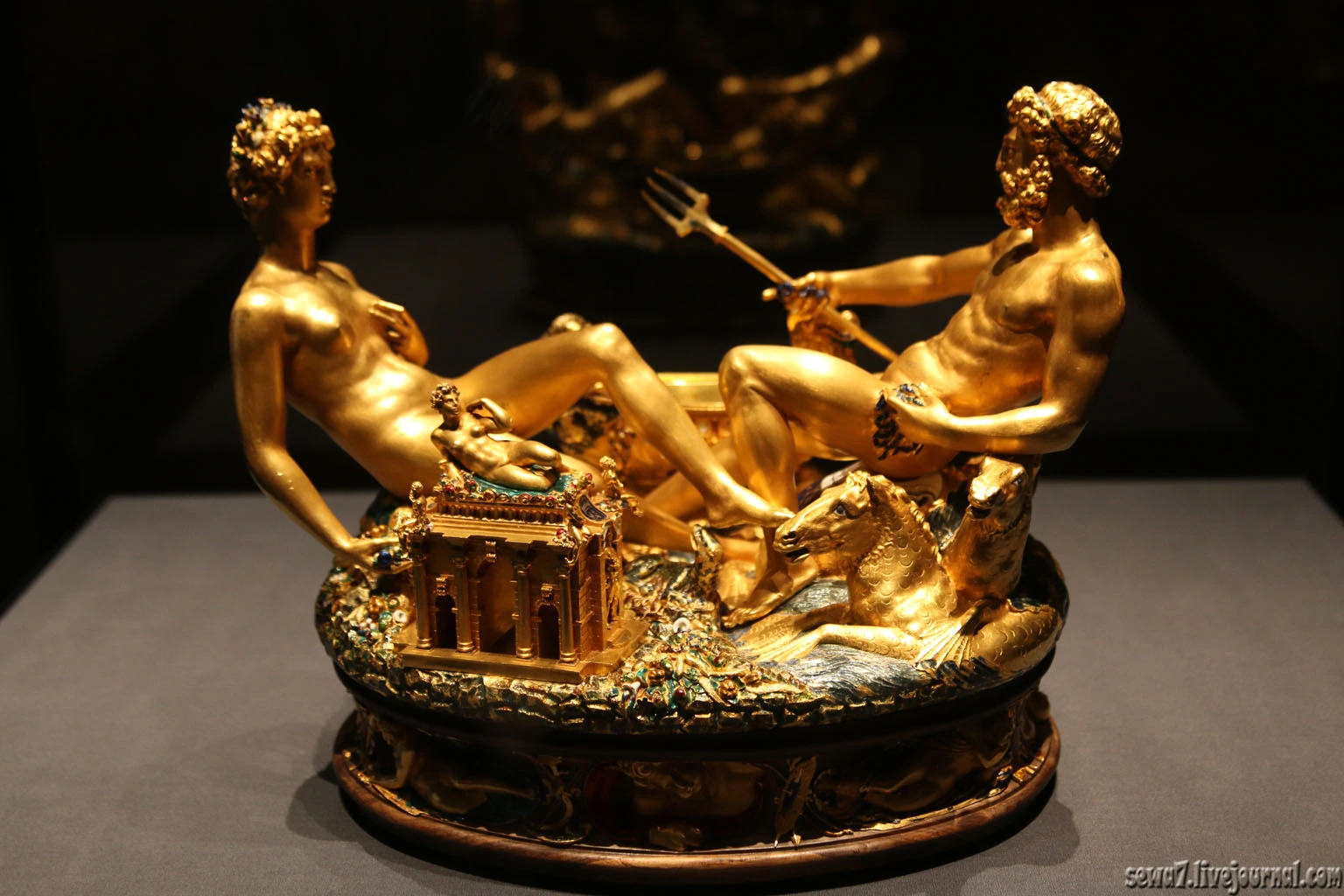
One of the jewels of the collection - Salieri that in Italian - salt shaker. Partly enameled gold statuette of a board, made in 1543 by the Florentine goldsmith Benvenuto Cellini for the French King Francis I and represents the pinnacle of arts and crafts era of Mannerism.
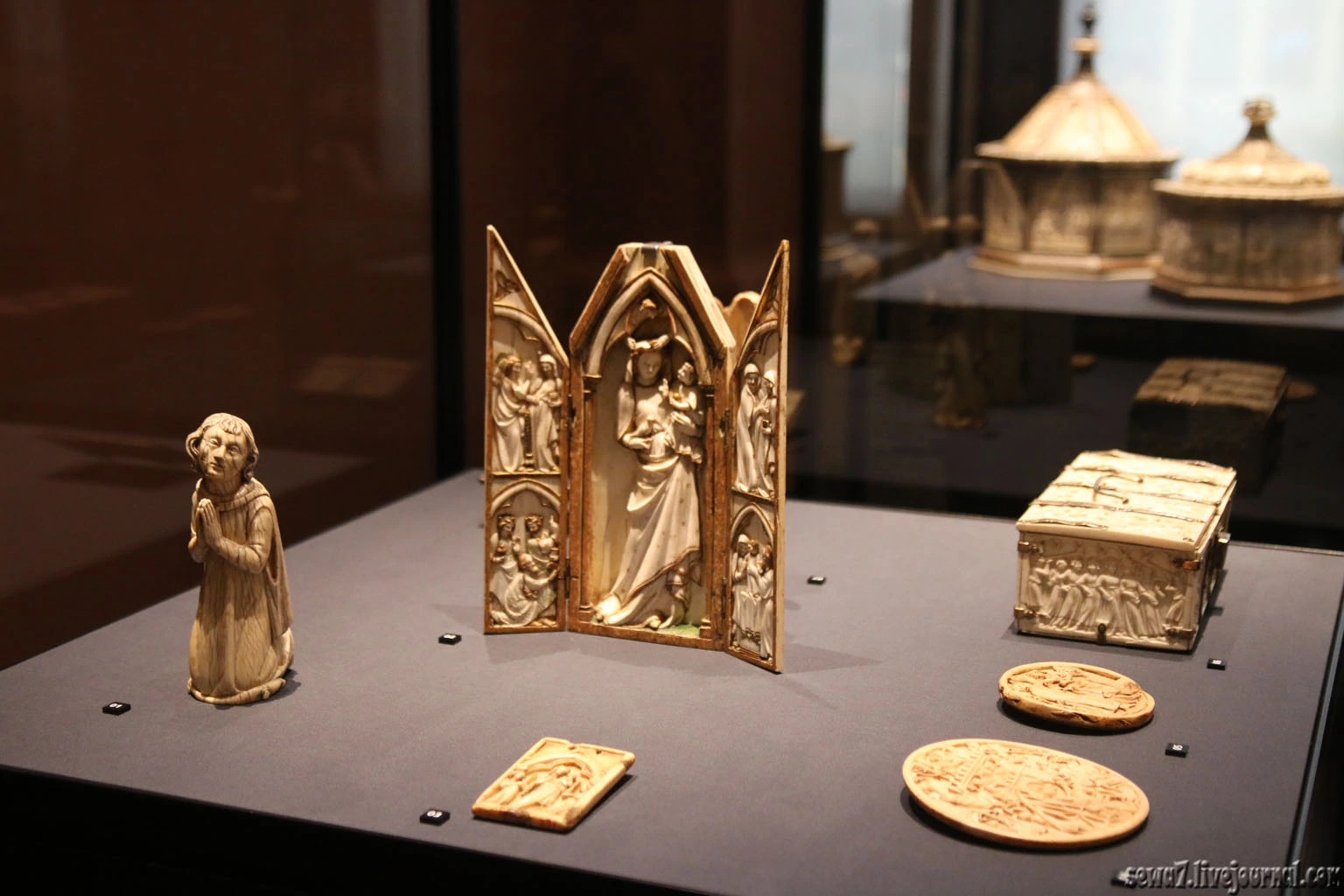
Cellini salt cellar complied with, as an allegory of the land Union (a figure of Ceres) and the sea (Neptune figure), due to which G is born. The pedestal is decorated with four castors putti symbolizing wind and side light. Saliera priceless simply because it is the only piece of work Cellini, attribution is not in doubt.
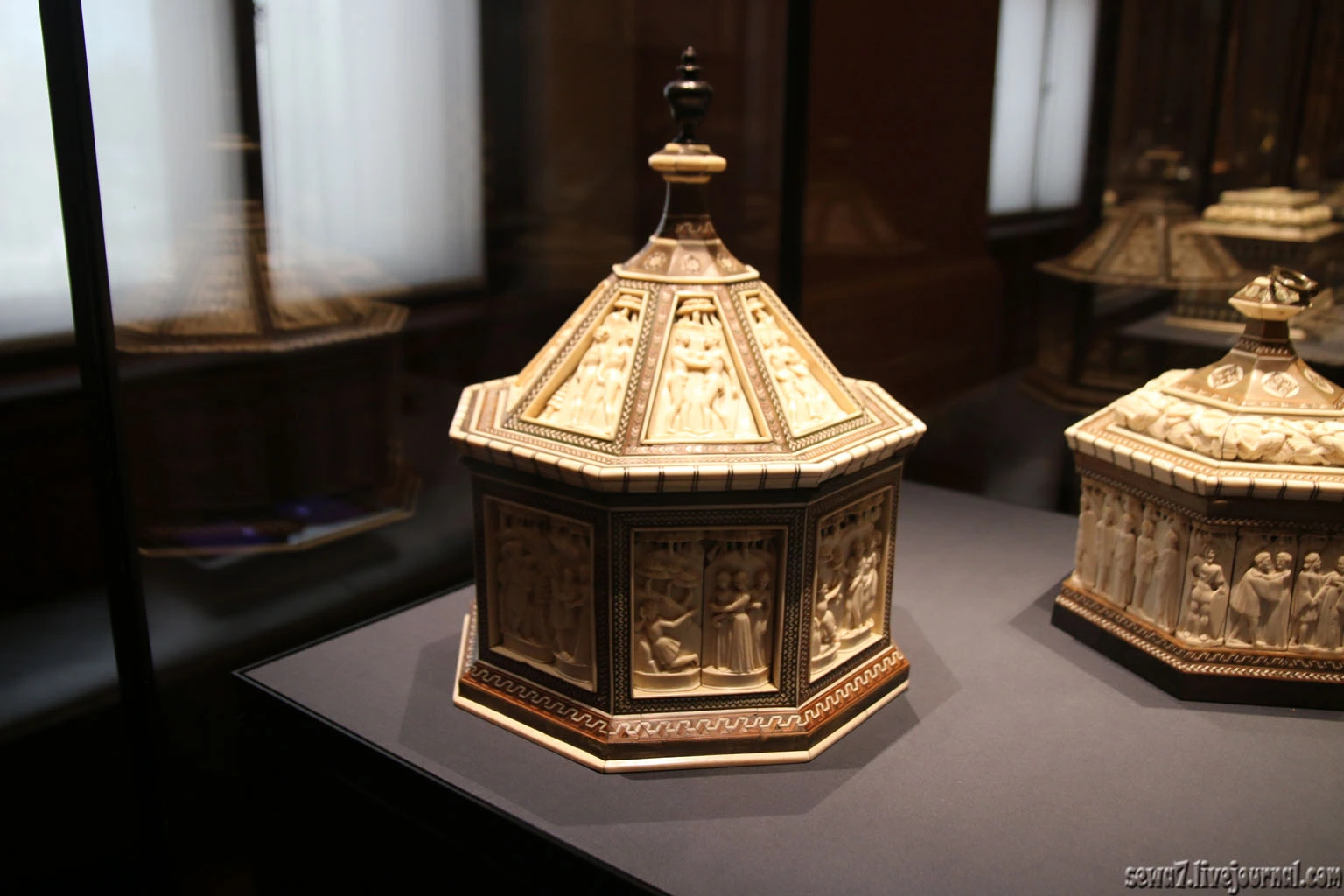
May 11, 2003 Saliera was stolen from the Museum of Art History, which at that time was under repair. Although the cost of the sculpture estimated at no less than 50 million euros, the Austrian government offered for the return of castor relatively modest award of 70 000 euros. This is explained by the fact that marketing of such level is impossible. At the same insured Saliera was only half the market value, since the possibility of the abduction of such a masterpiece is simply not taken seriously ...
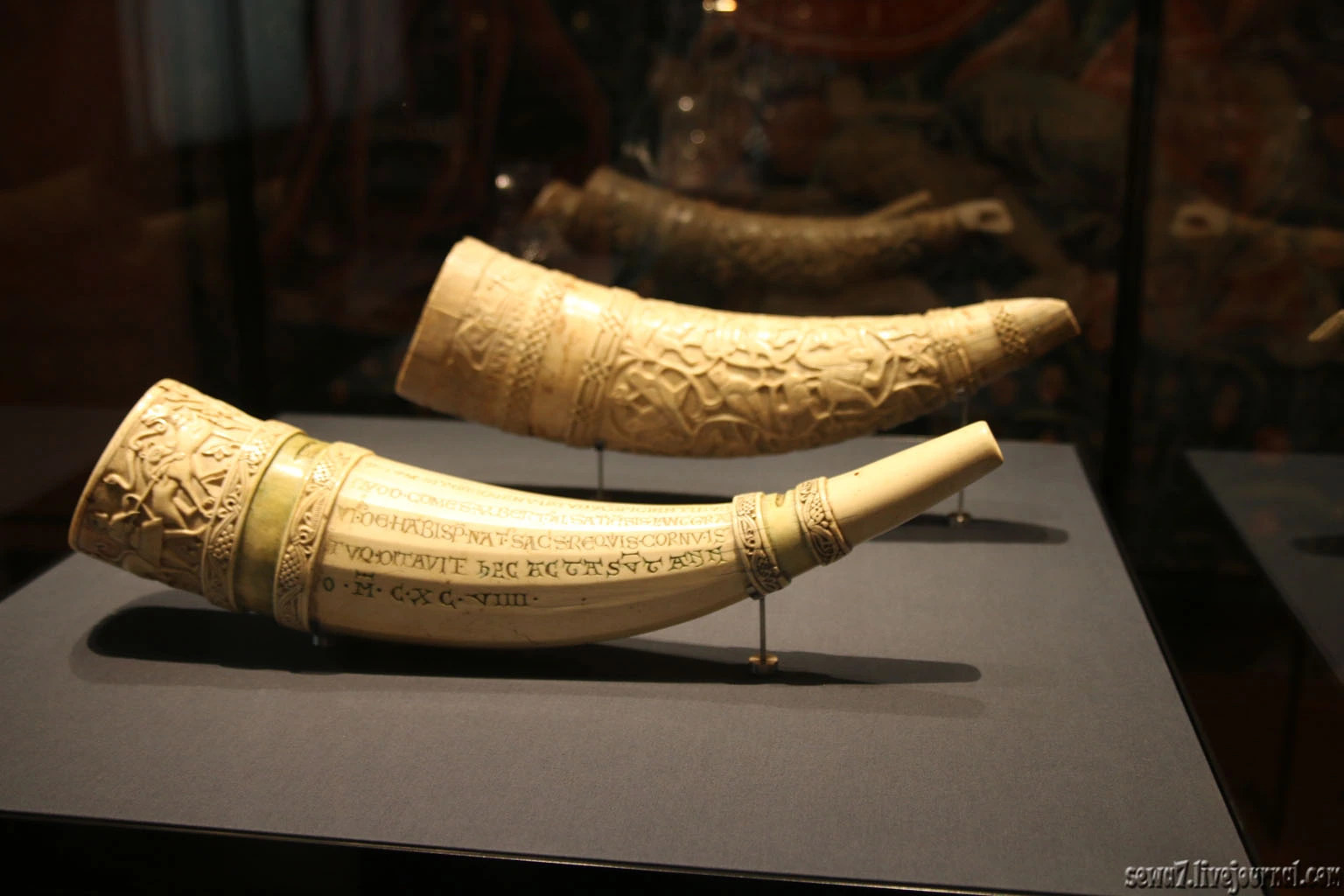
During the restoration work on the signaling specialist noticed ee little protection. Once back home in the morning hard subjects, he saw a set near the forest museum, which climbed to the floor and quietly stole the salt shaker. Alarm was serviceable, it worked, but the guards considered false signal.
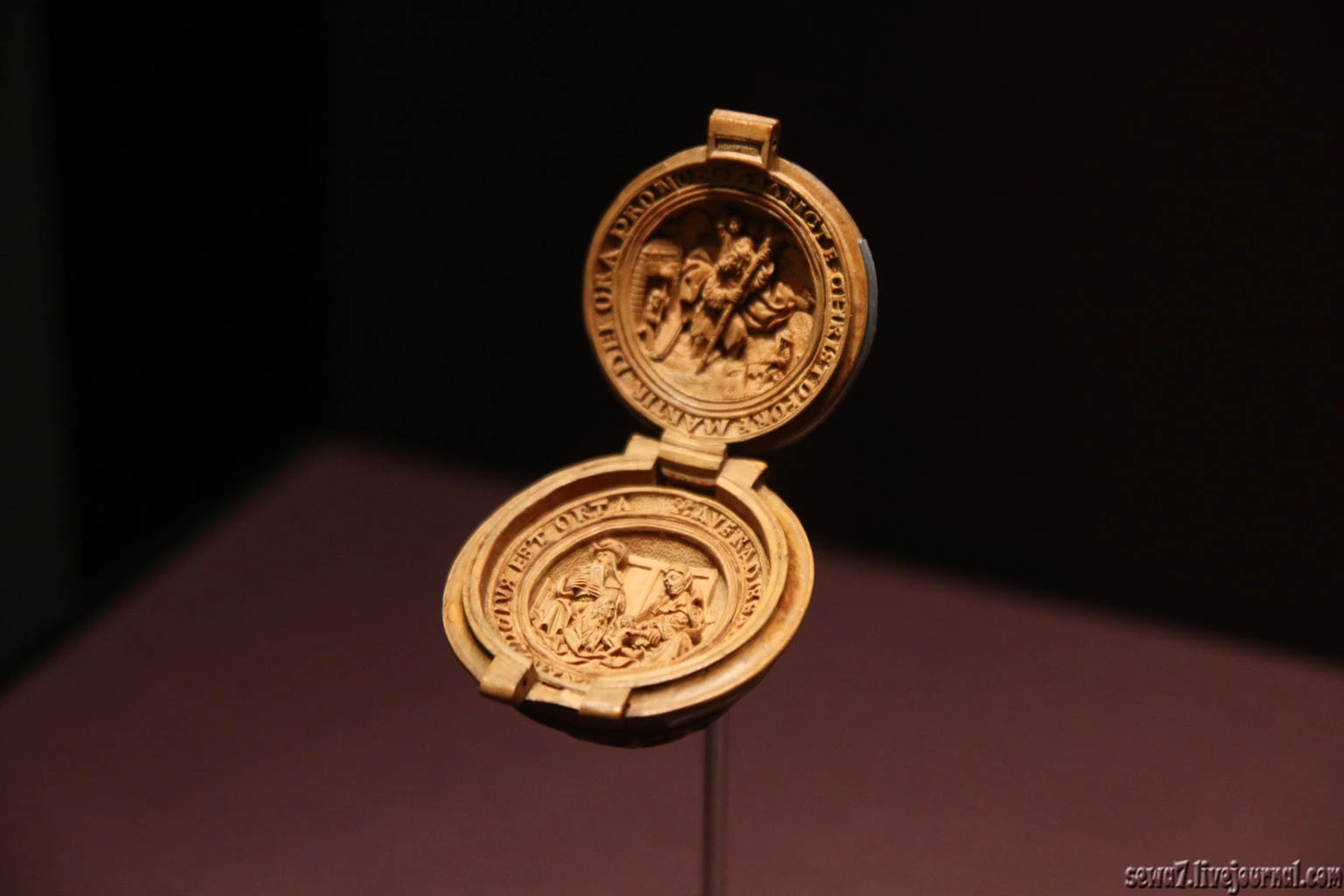
Having made the biggest theft in the history of Austrian art, this fool had no idea that he had stolen on drunk business. Saliera Cellini - a masterpiece of masterpieces of the jeweler's art: art lovers believe Salieri analogue of the Mona Lisa in the sculpture. About how much it is estimated Salieri thief learned the news in the morning, and began to give the saga of redemption and return Salieri.
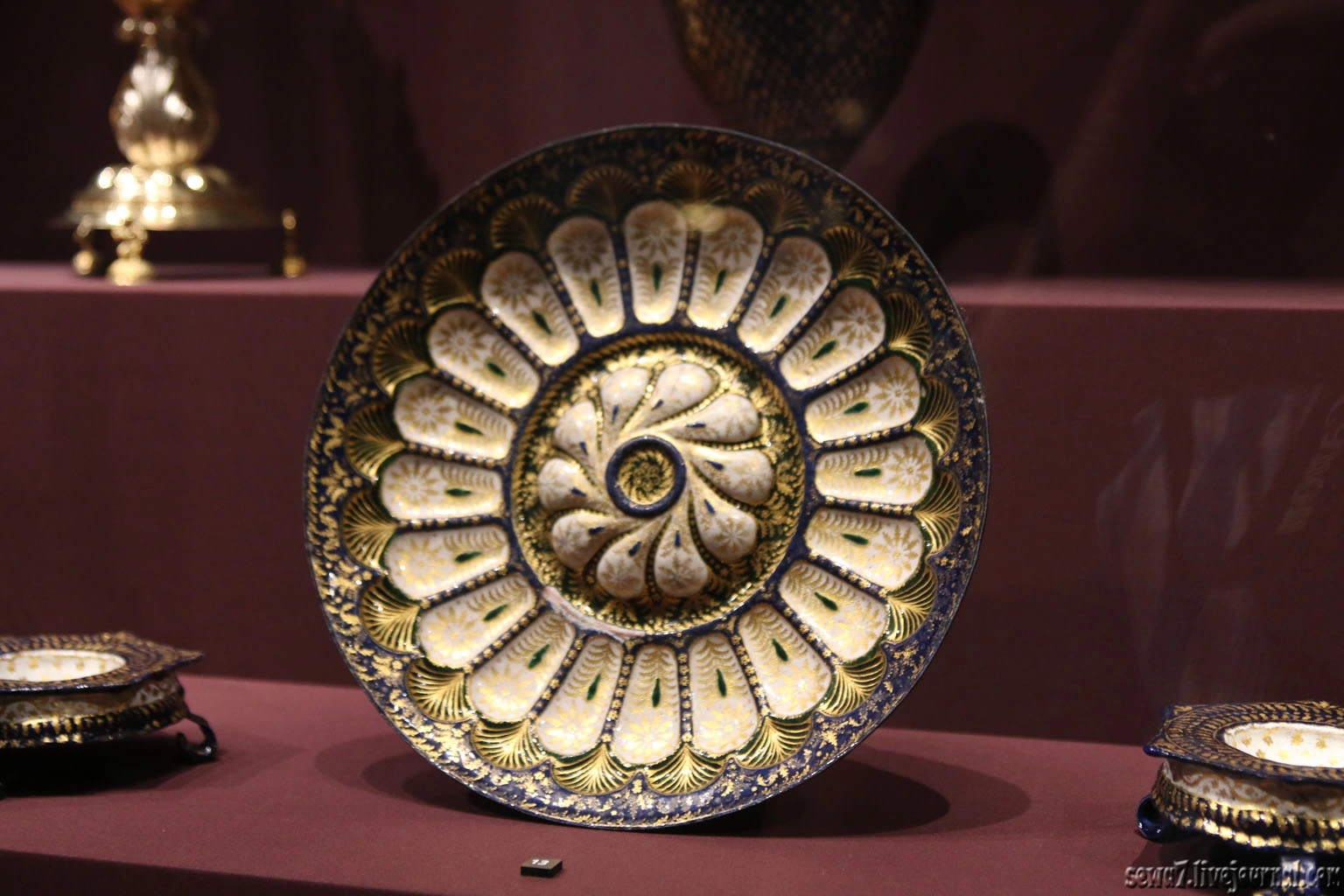
Shortly after the theft thief-lover offers to return his prize for a fair reward. However, it was not possible to agree on the heels of, and communication with them was lost. In October 2005, he again sent a letter to the police ransom to 10 million euros. The parties have agreed on the transfer, but our hero is hiding again, probably scared.
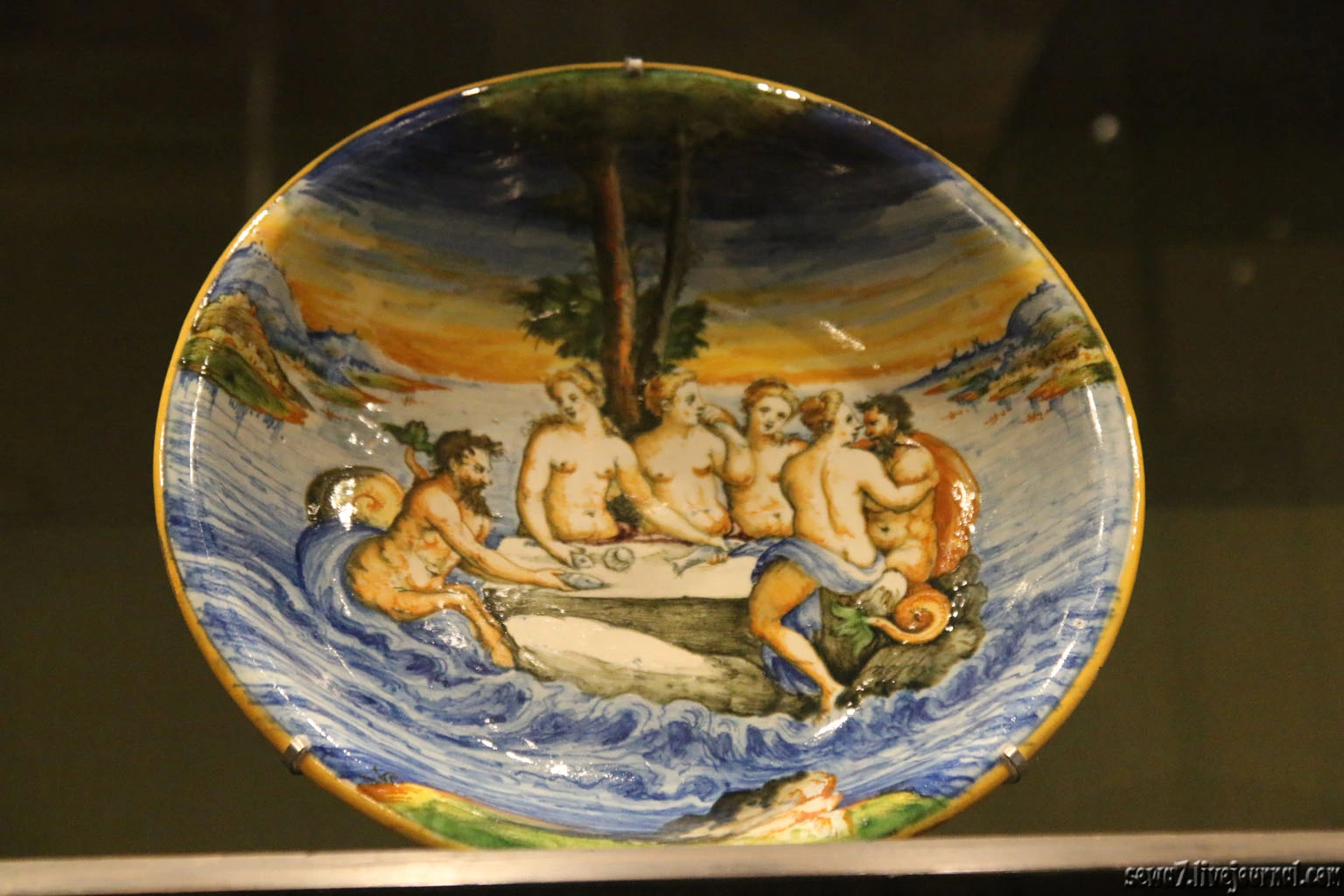
And soon he punctures and how! According to the number of his mobile phone experts have calculated the point of sale device, and store surveillance camera, as it turned out, has recorded his photo, which the next day was published in all major newspapers of the country and it is shown on TV!
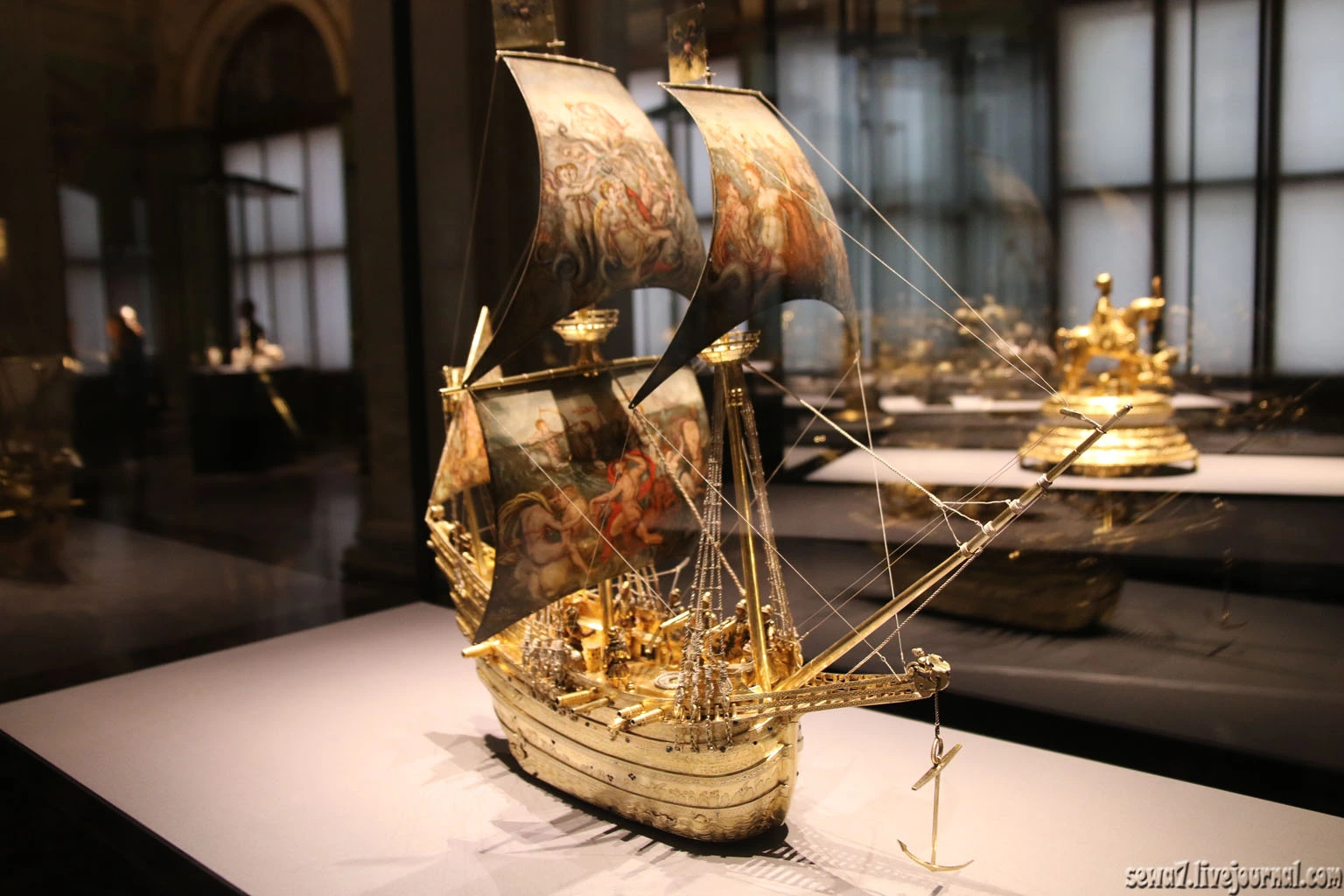
So that home-grown art thief was nothing left to do but surrender to police January 21, 2006 and to show the place in the woods where he buried Salieri. His fate Inet silent. The whole saga lasted for almost three years ...
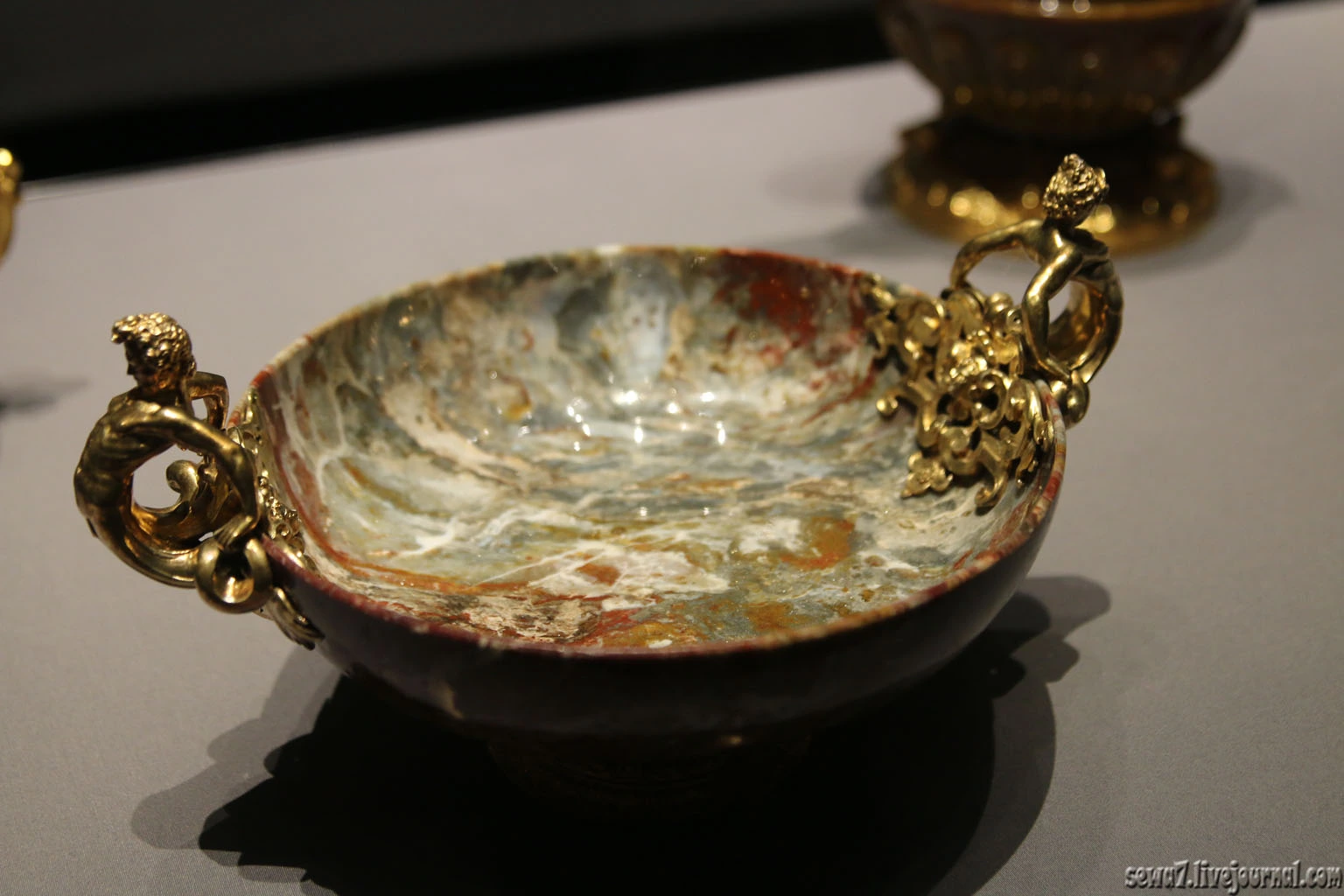
In addition to salt shakers, I hope that you have noticed, there are many other interesting esponatov :)
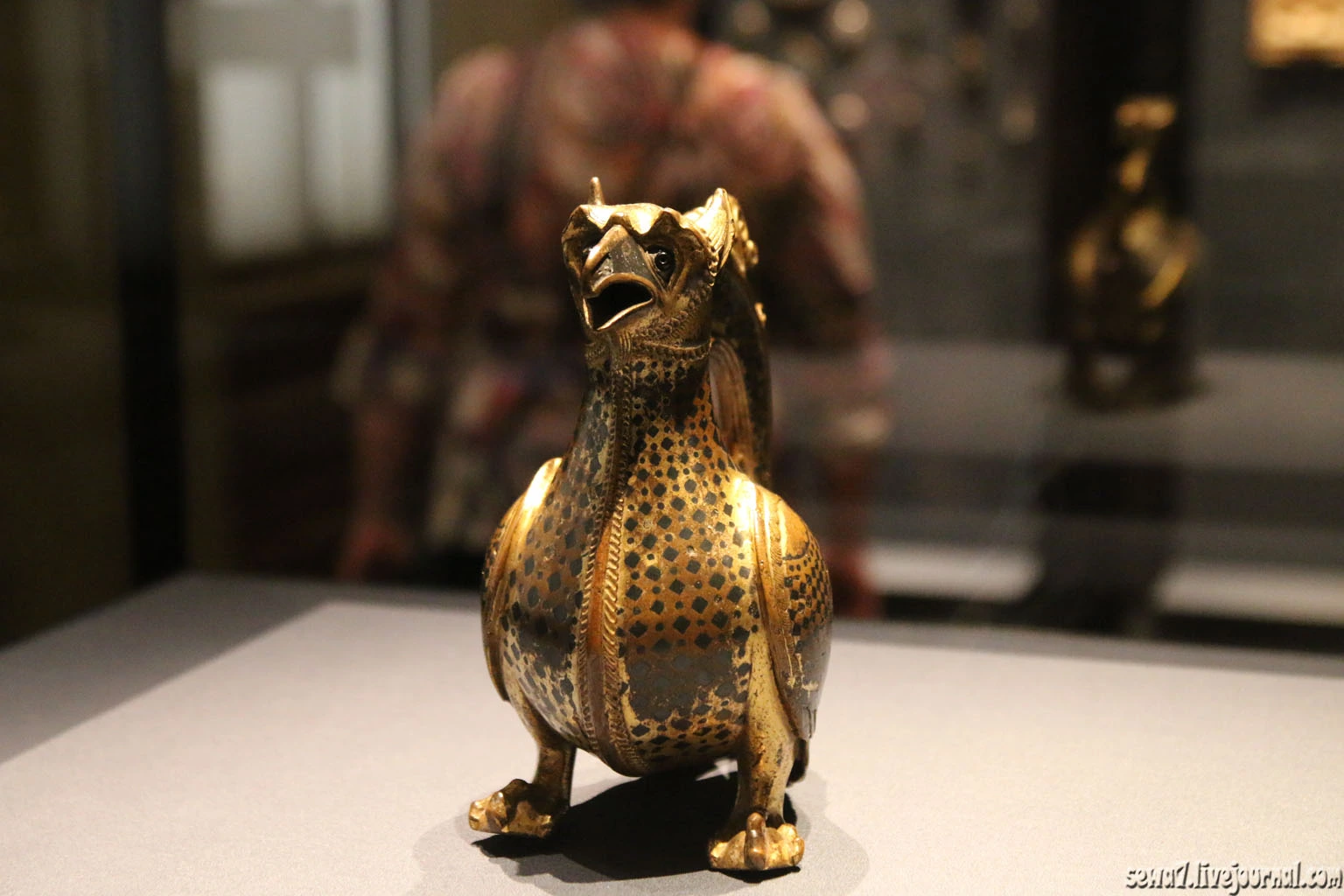
Here akvamanil (zoomorphic sink) in the form of a griffin, Crafted by Roger from the Abbey Helmarskhauzen buyout was a very well-known in the German lands goldsmith specialist in the mid-12th century.
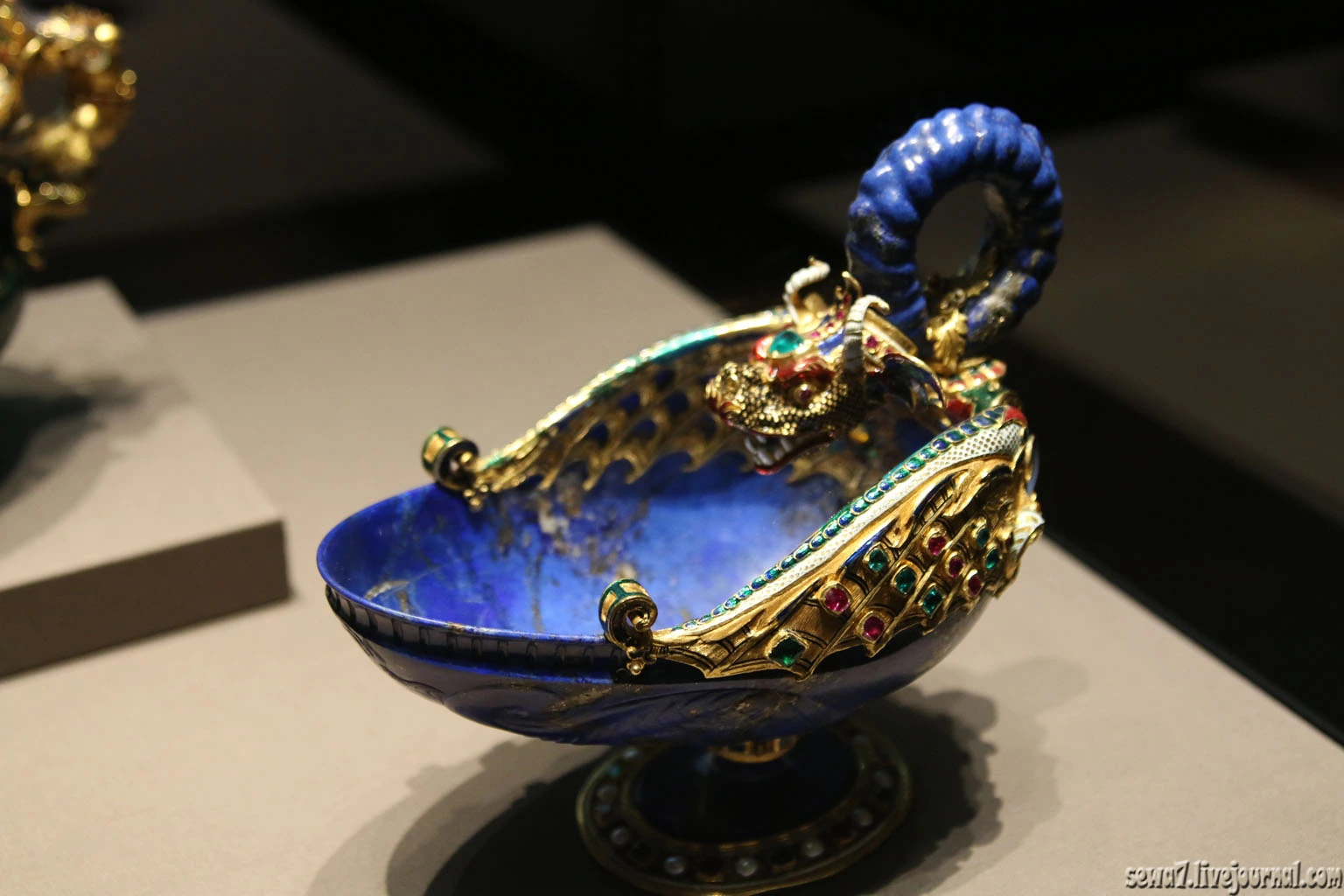
Sink known as bucket dragon, by Italian jeweler Gasparo Miseroni (1518-1573). Created between 1565 and 1570 years in Milan. It combines the work of the cutter and the art jeweler unknown.
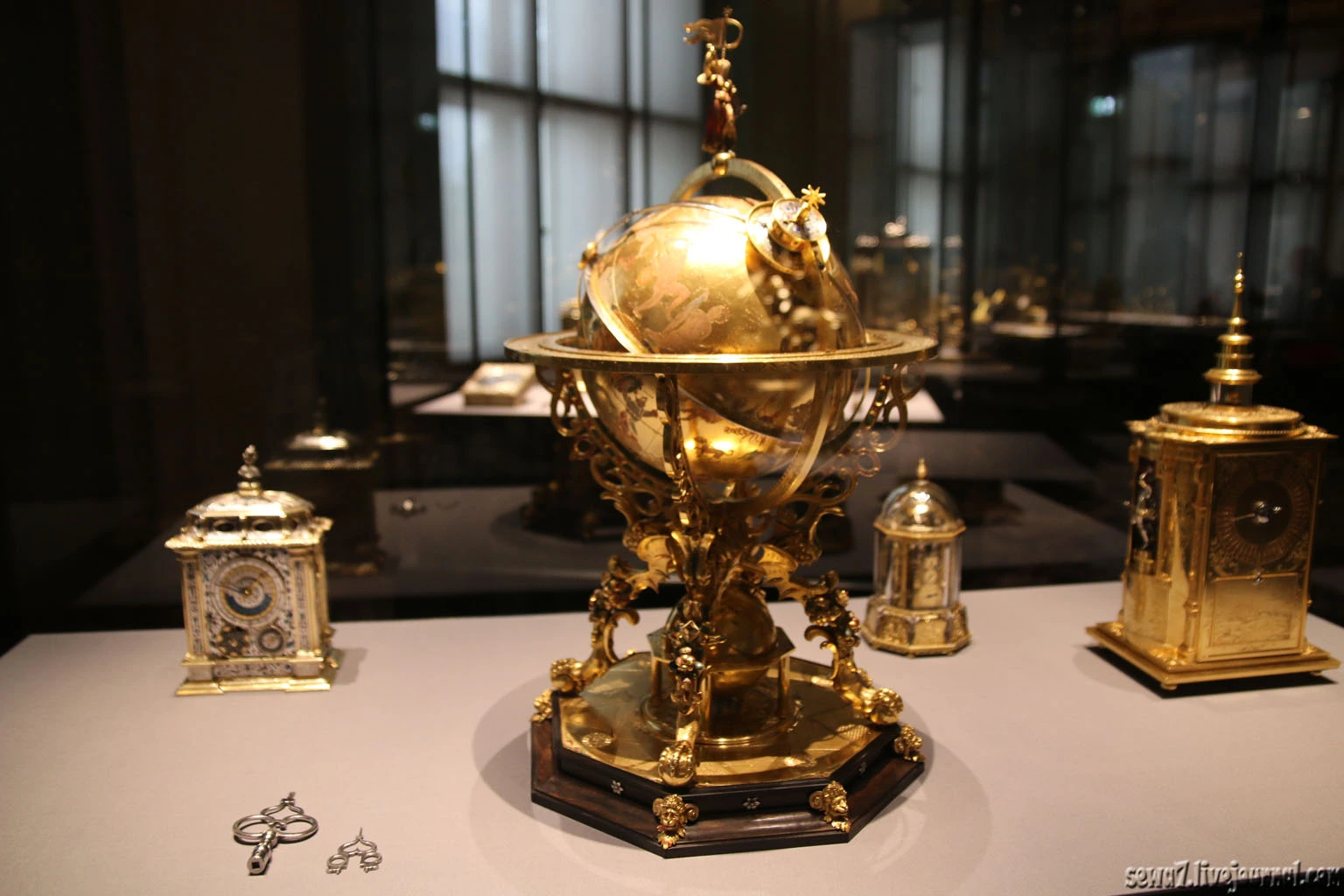
Globe and clock.
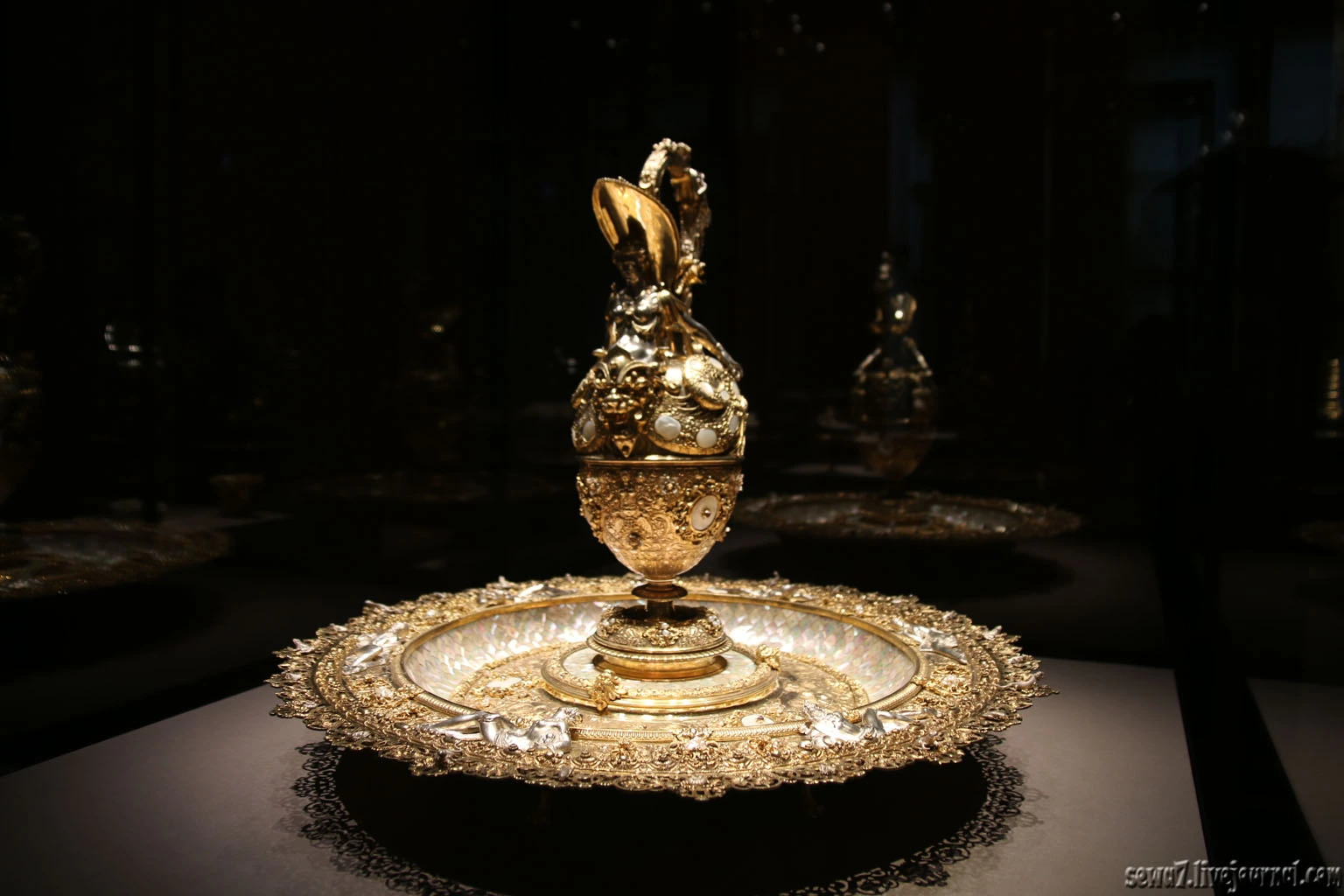
Golden pitcher with a dish.
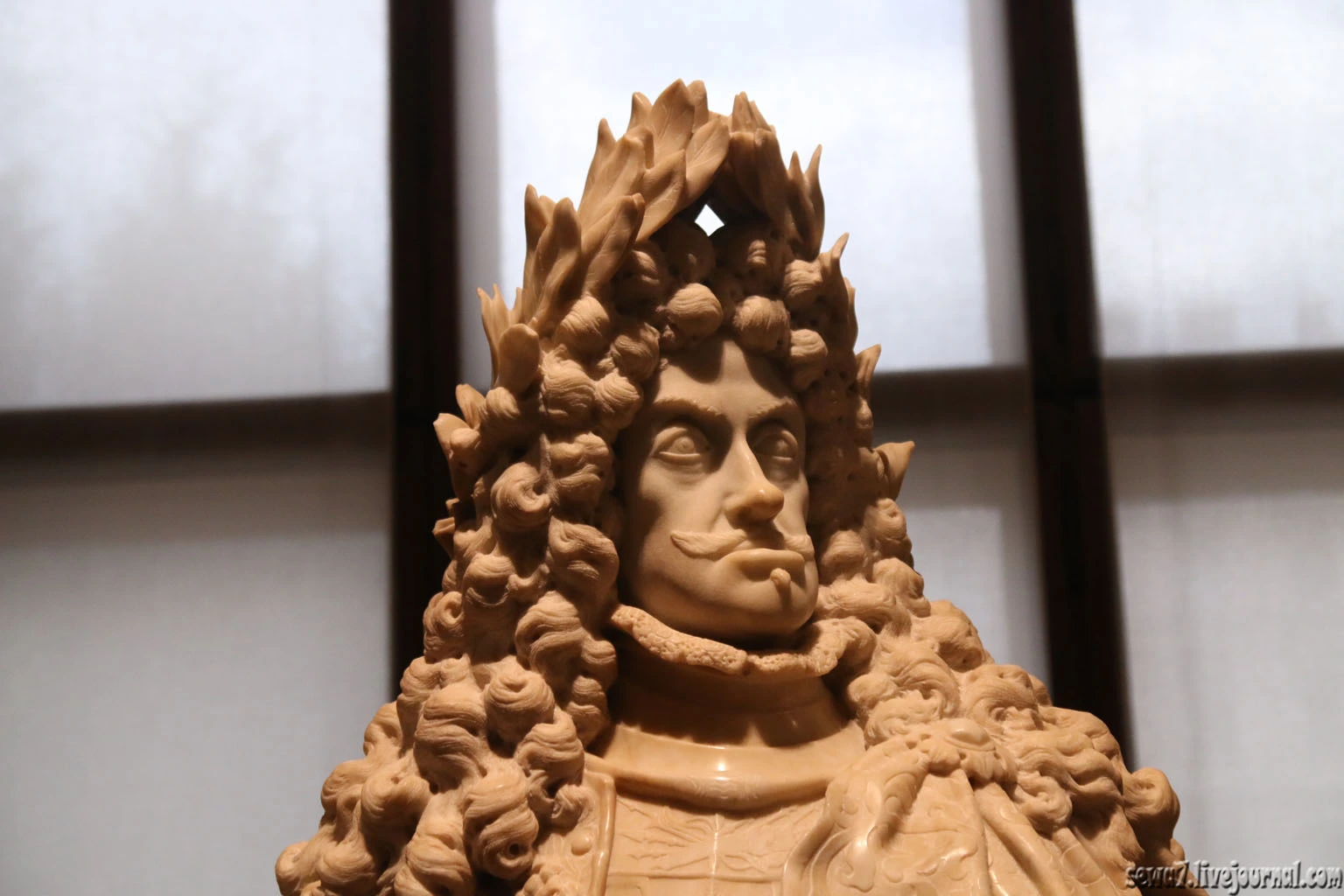
Bust of Leopold the First.
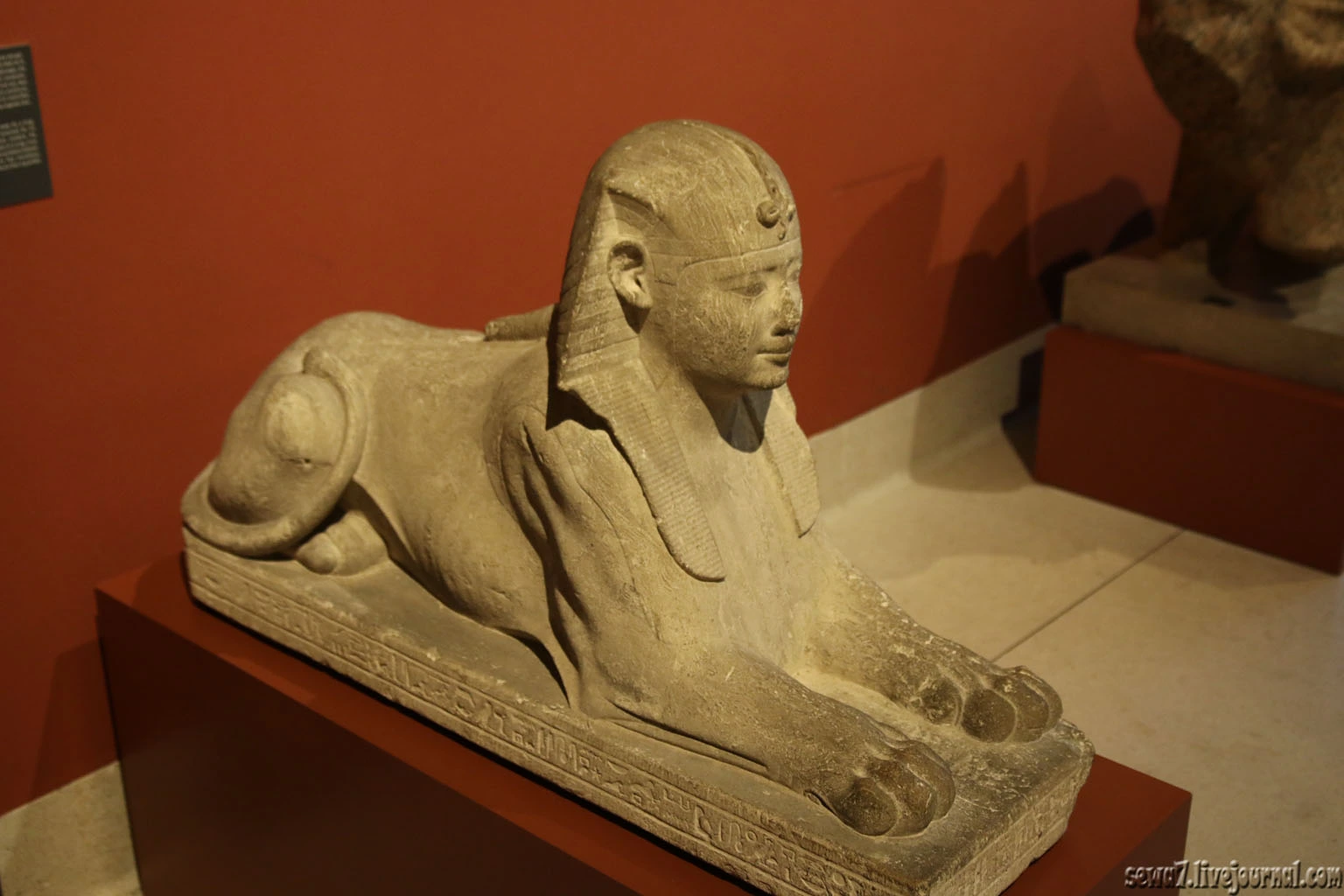
Still on the ground floor is placed the Egyptian and Near Eastern Collection, which is one of the largest collections of Egyptian antiquities in the world. Geographically their origin varies from Egypt, Nubian, Eastern Mediterranean and Mesopotamia to the Arabian Peninsula.
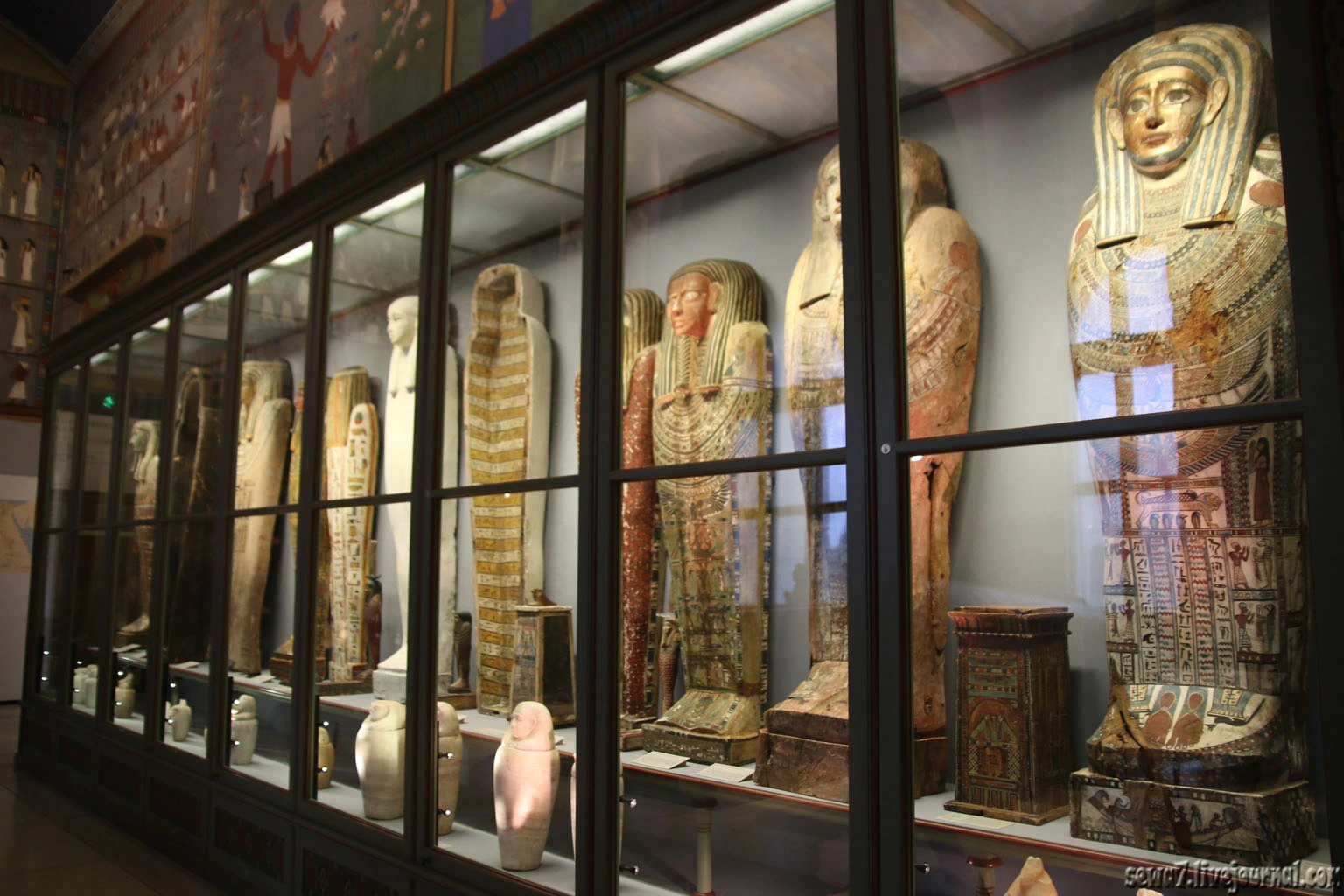
The collection is structured in four main areas: the funerary cult, cultural history, sculpture and relief, as well as the development of writing.
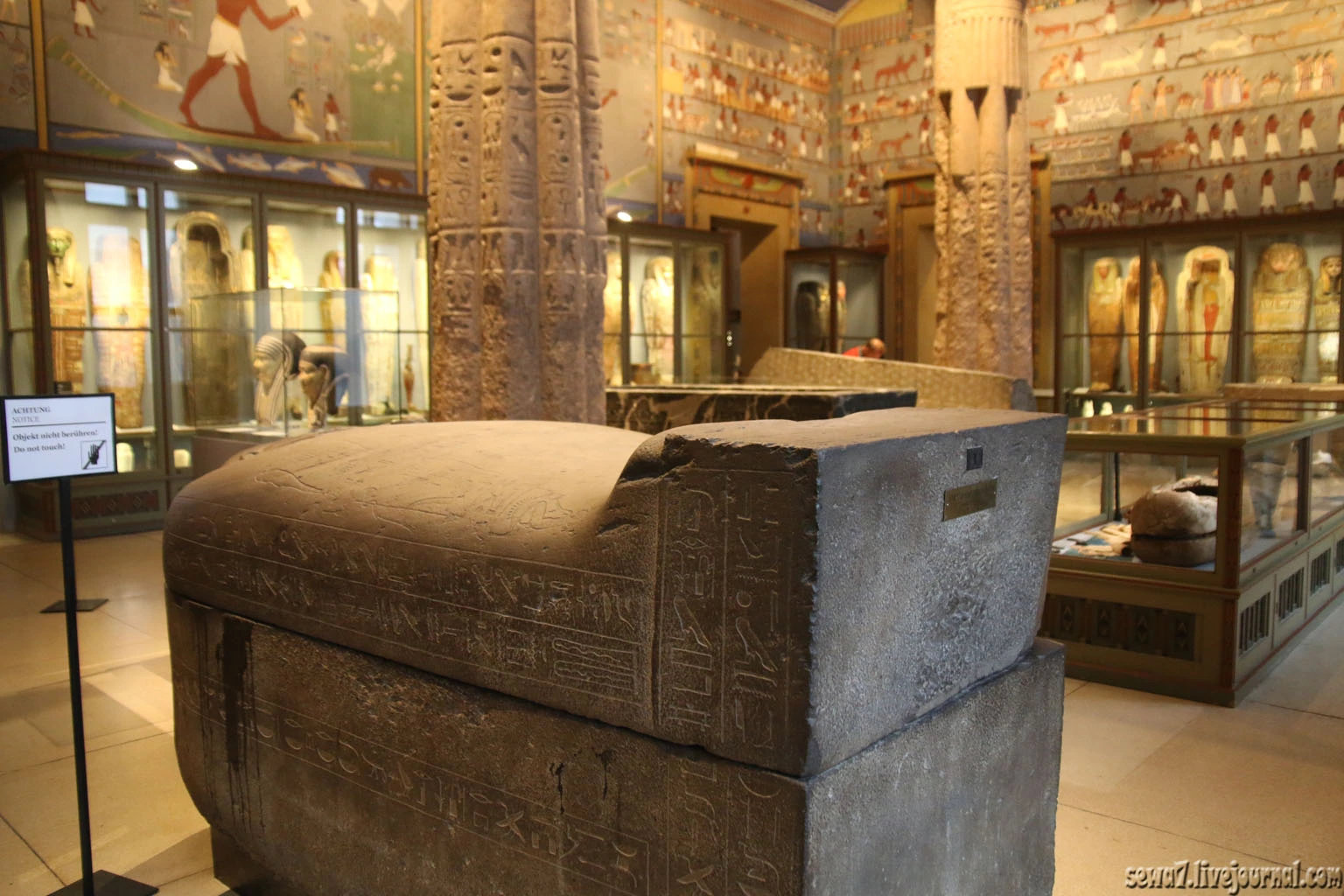
Attractions - numerous sarcophagi and coffins, mummies animal specimens Book of the Dead, grave, divine figures, objects of everyday life.
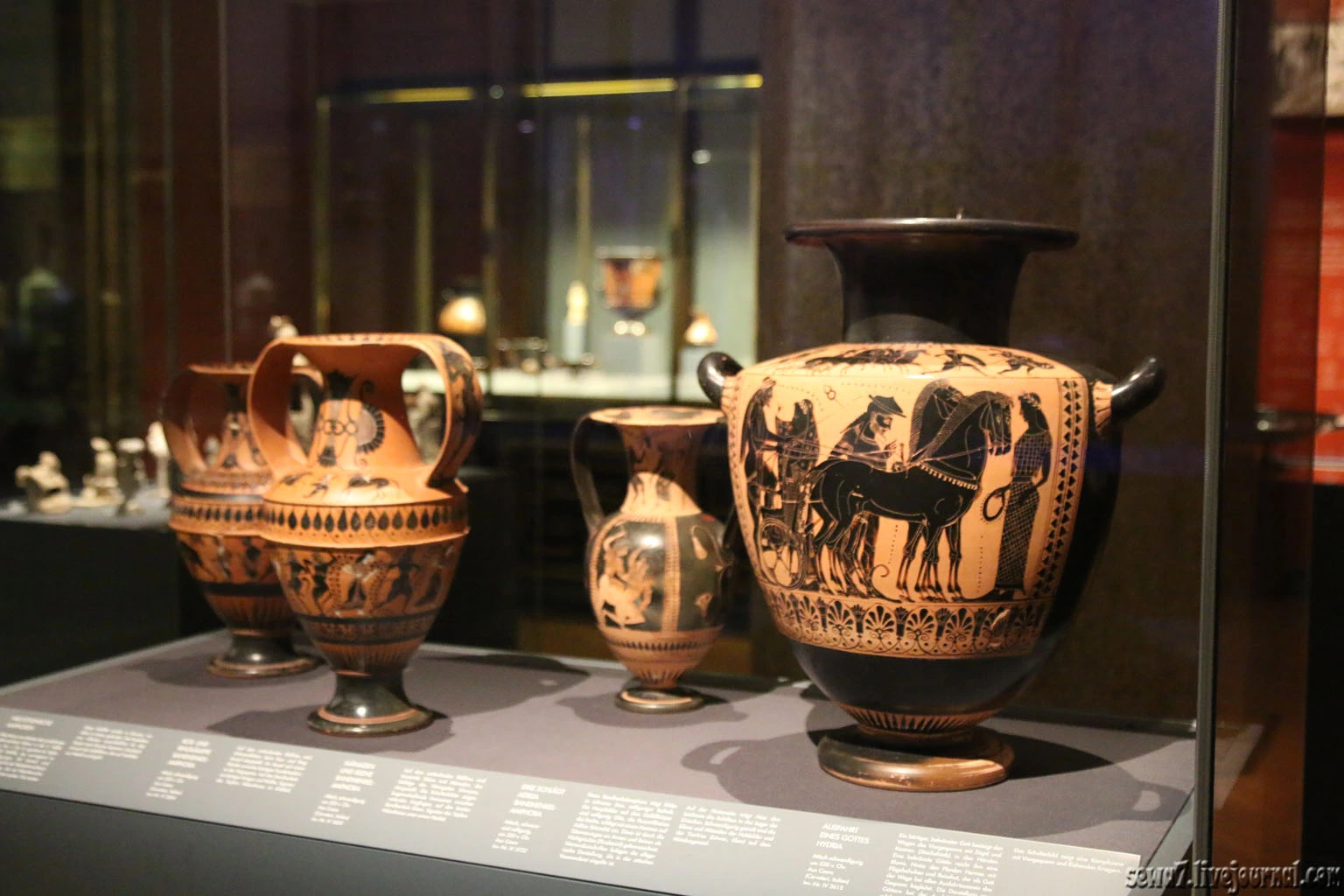
Immediately Collection of Greek and Roman antiquities, which cover a period of more than three thousand years, ranging from the Bronze Age pottery of Cyprus, since the third millennium BC to the early medieval finds.
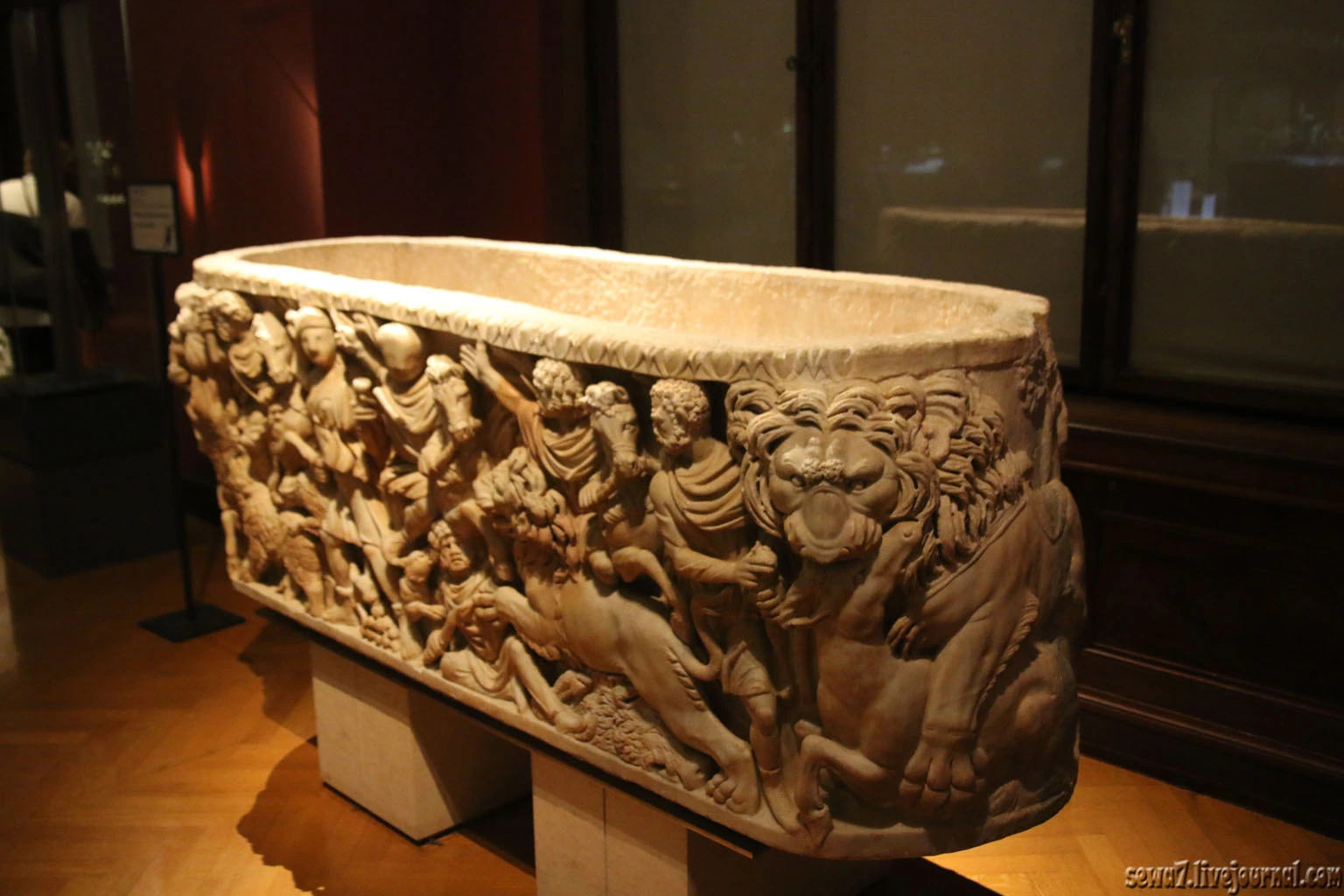
Among the highlights of the collection - statue of a man from Cyprus, Amazon sarcophagus mosaic of Theseus, and more ...
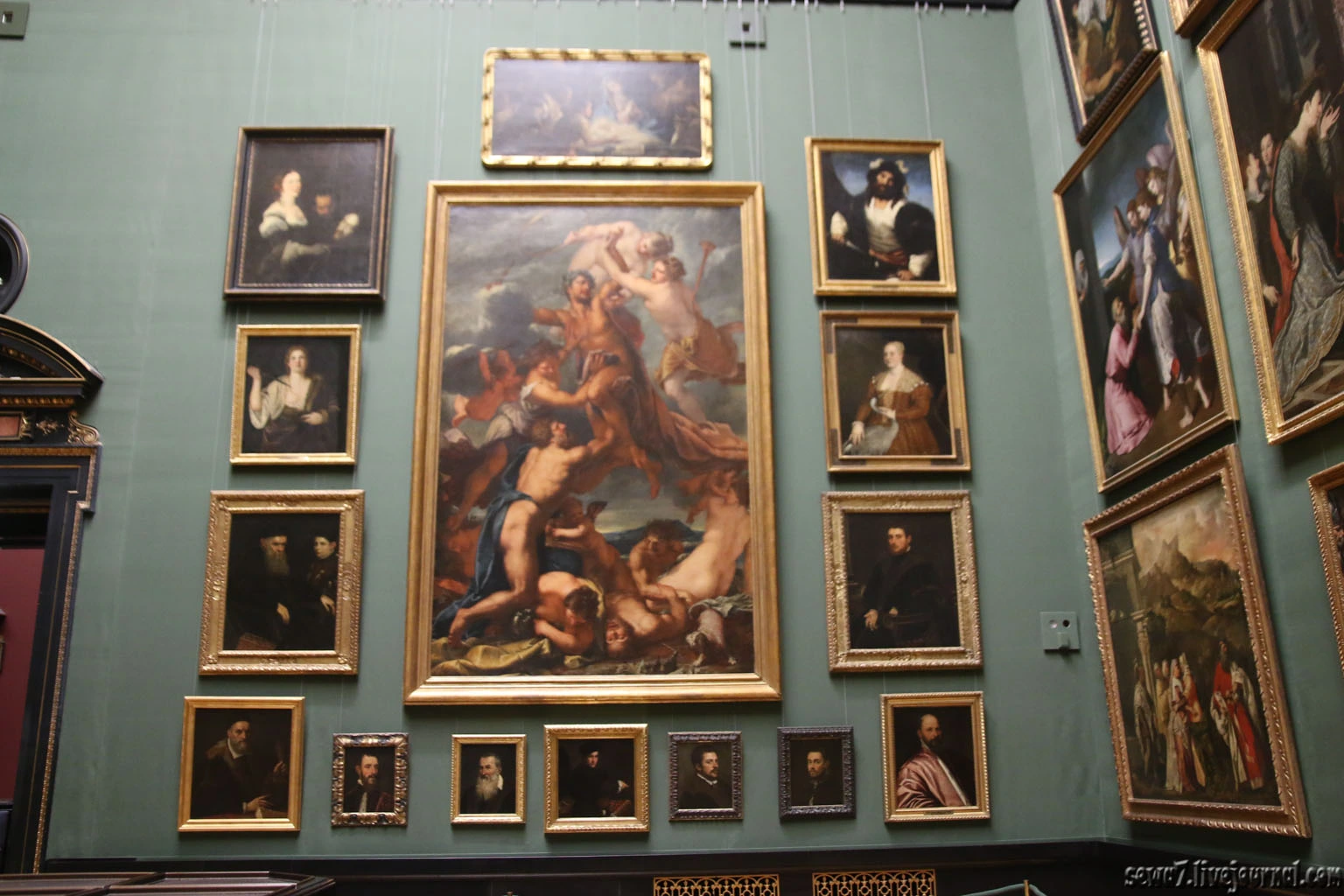
Art Gallery occupies the entire second floor and was created from the art collections of the House of Habsburg.
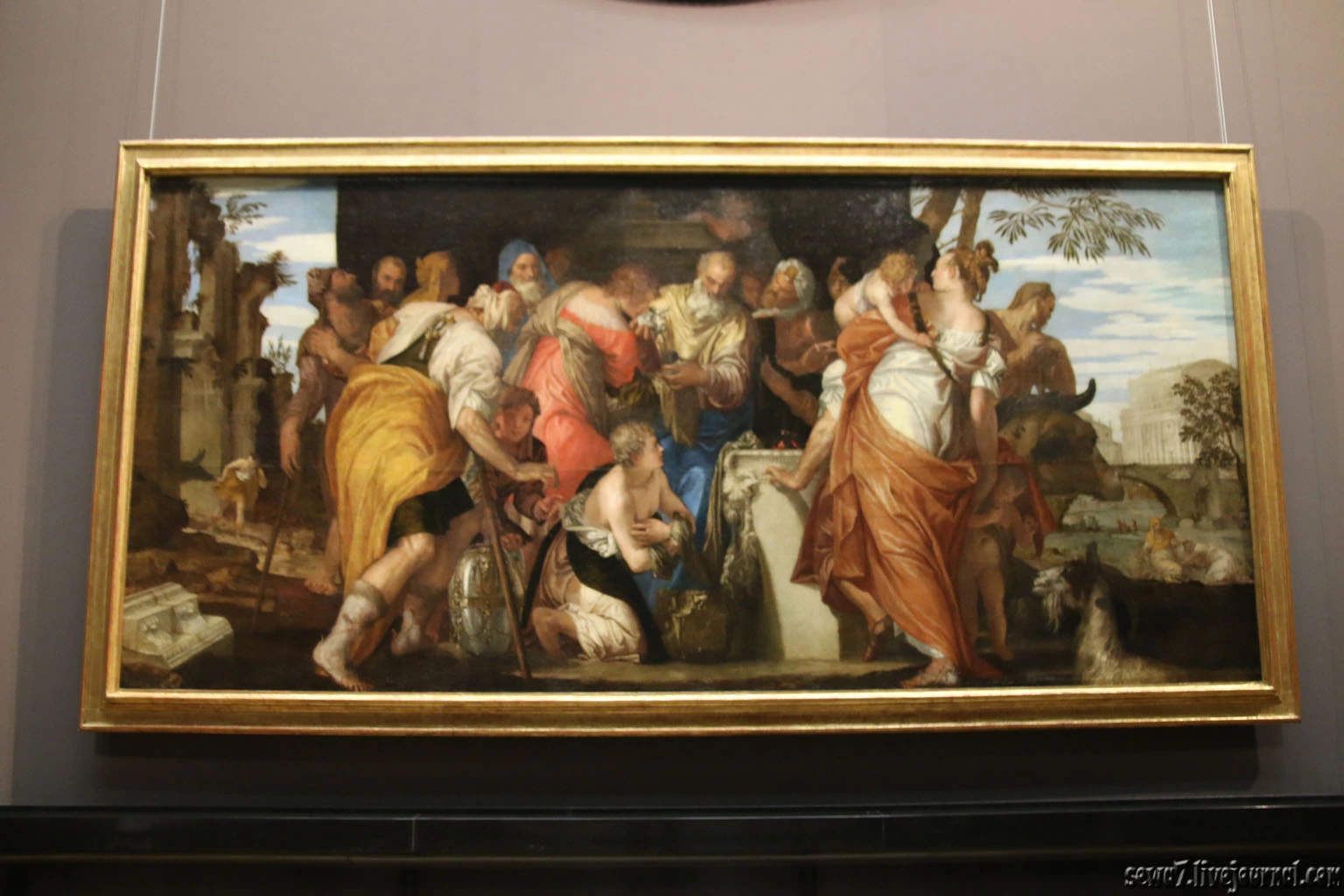
Here represented Venetian painting of the 16th century (Titian, Veronese, Tintoretto), Flemish painting of the 17th century (Peter Paul Rubens, Sir Anthony Van Dyck), Early Netherlandish Painting (Jan van Eyck and Rogier van der Weyden) and german painting era Renaissance (Albrecht Dürer, Lucas Cranach).
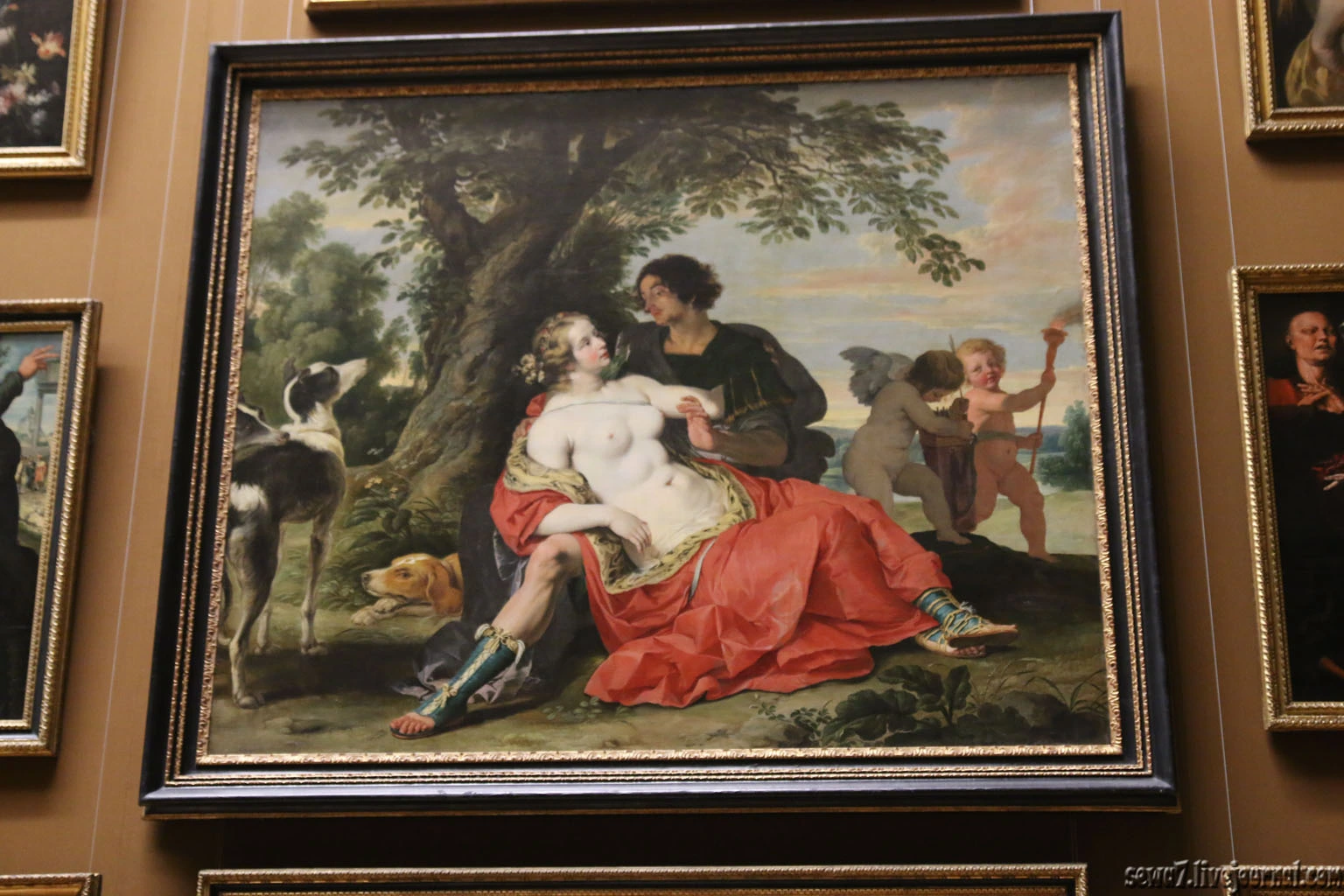
Additional area attractions include Art Gallery - a unique painting by Pieter Bruegel the Elder, as well as masterpieces by Vermeer, Rembrandt, Raphael, Caravaggio, Velázquez and other artists of the Italian Baroque.
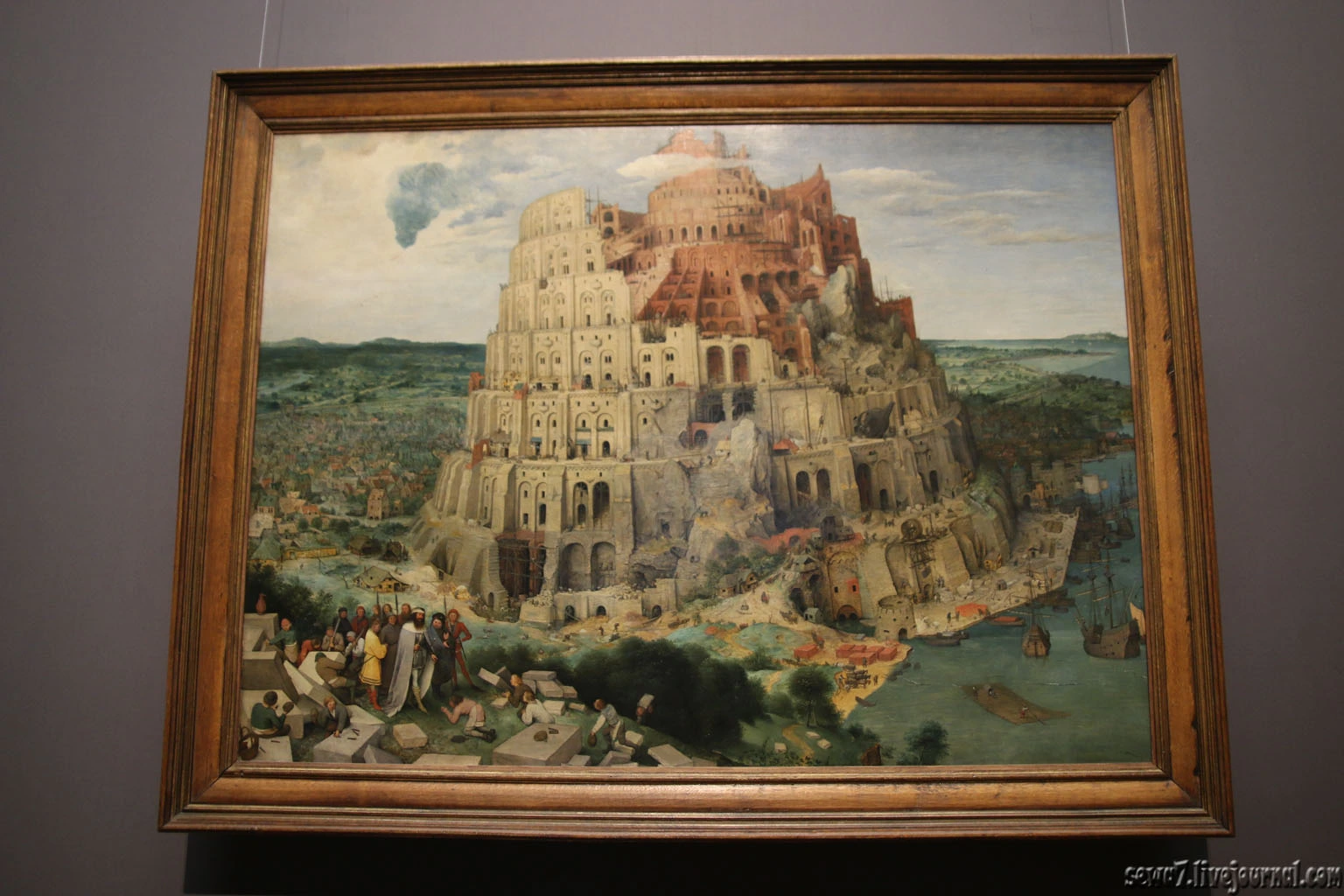
Pieter Bruegel the Elder - Tower of Babel
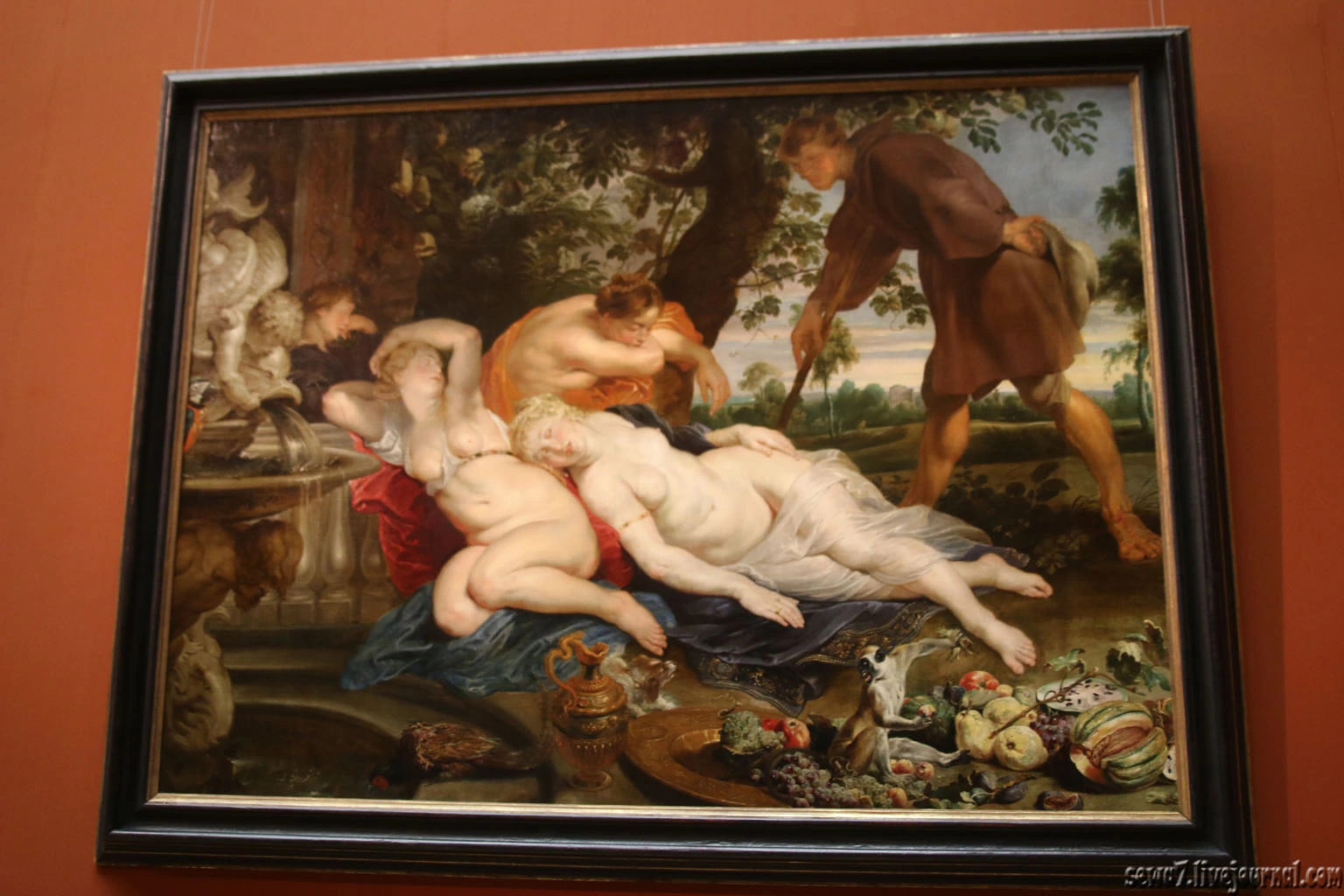
Rubens - Simon and Eugene
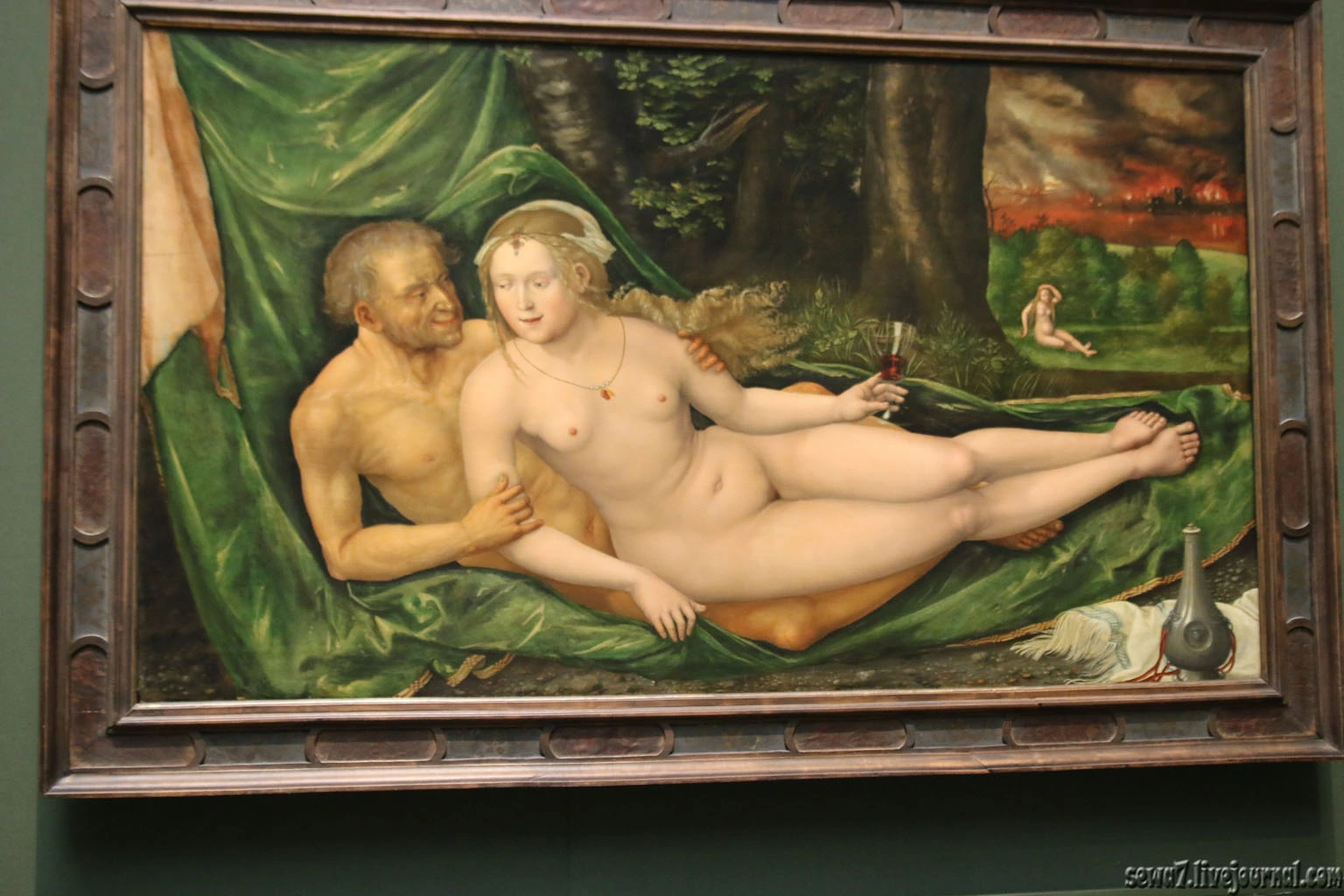
Albrecht Altdorfer - Lot and his daughters
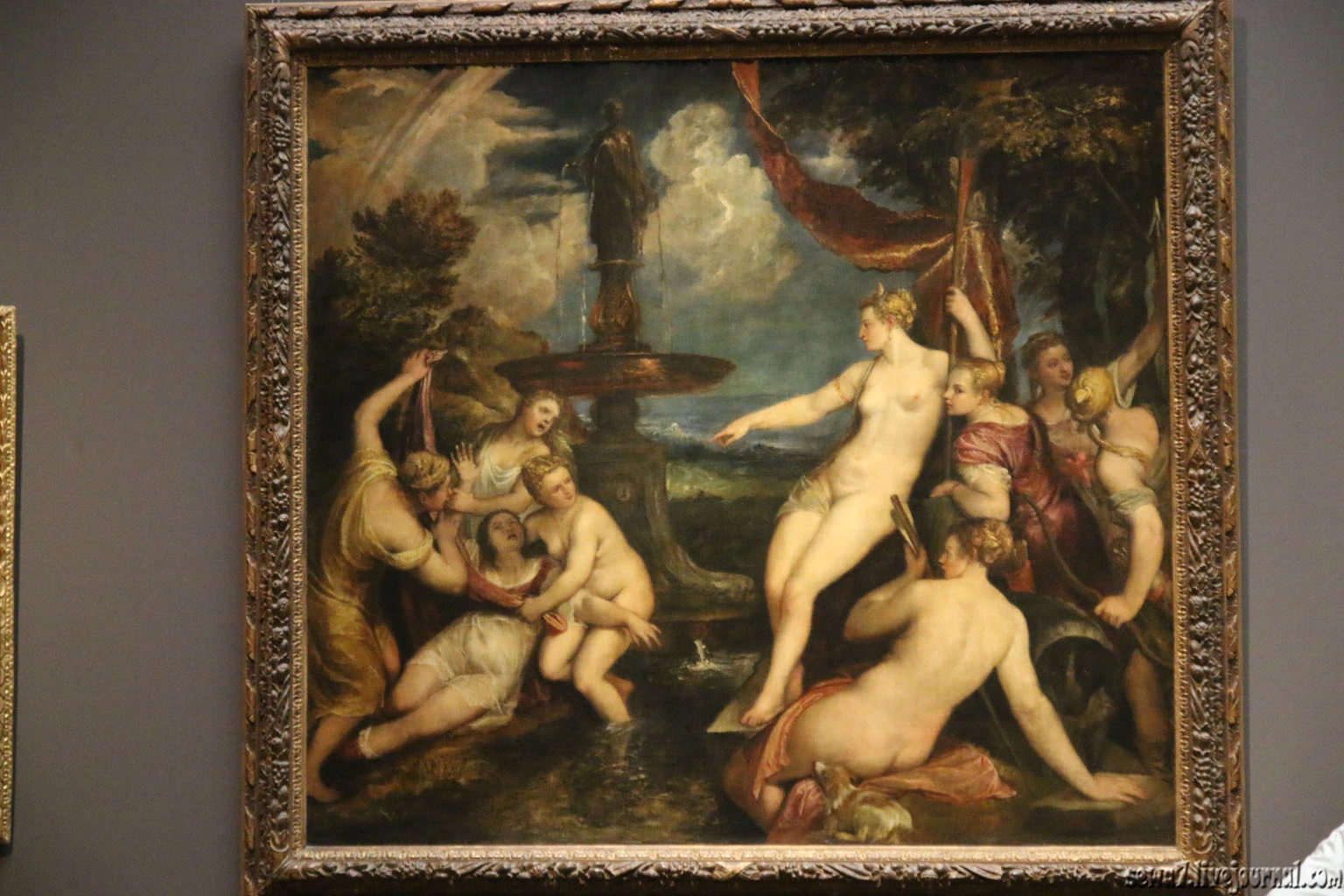
Titian - Diana and Kallisto
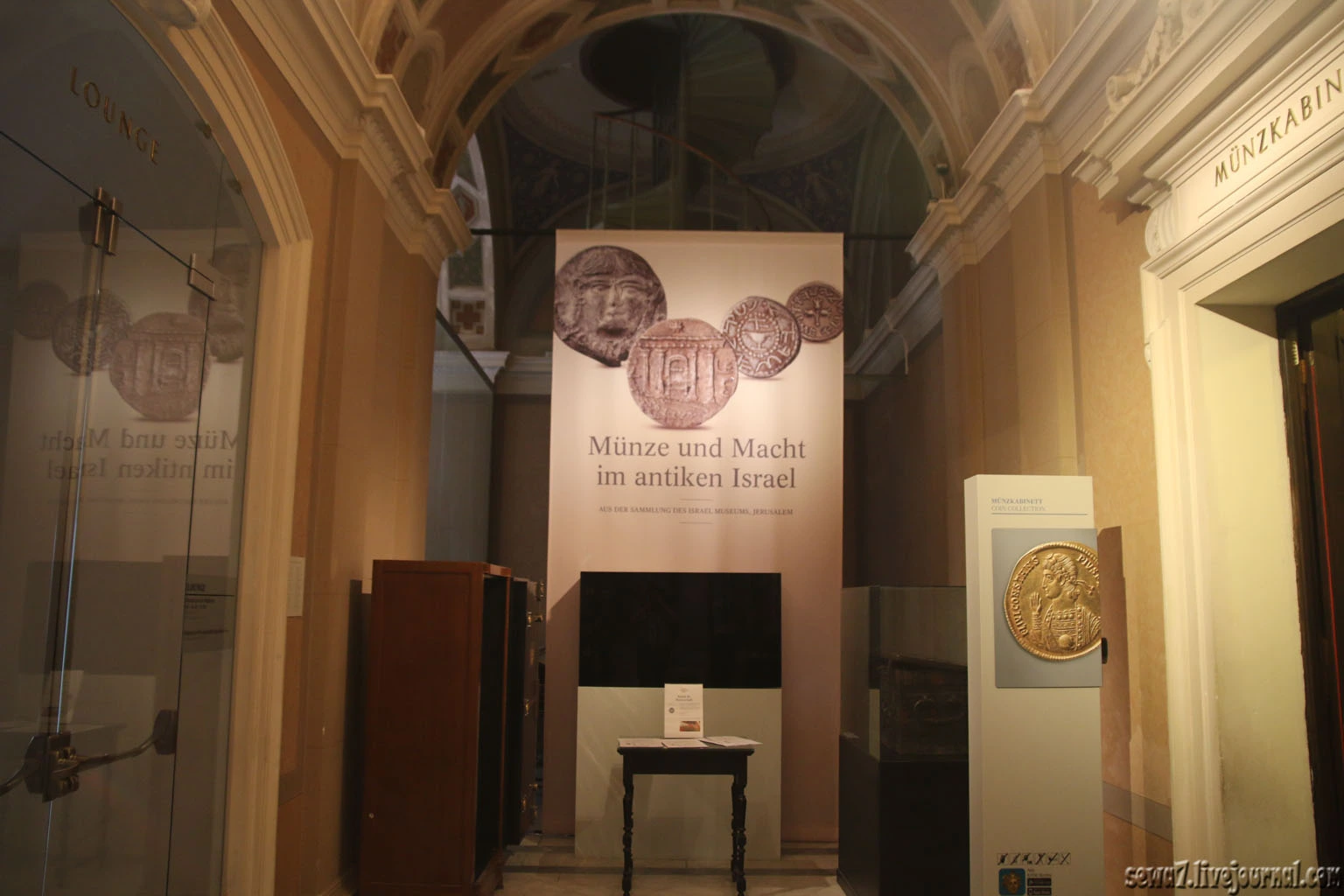
On the top floor was a temporary exhibition numezmaticheskaya, including coins from Israel
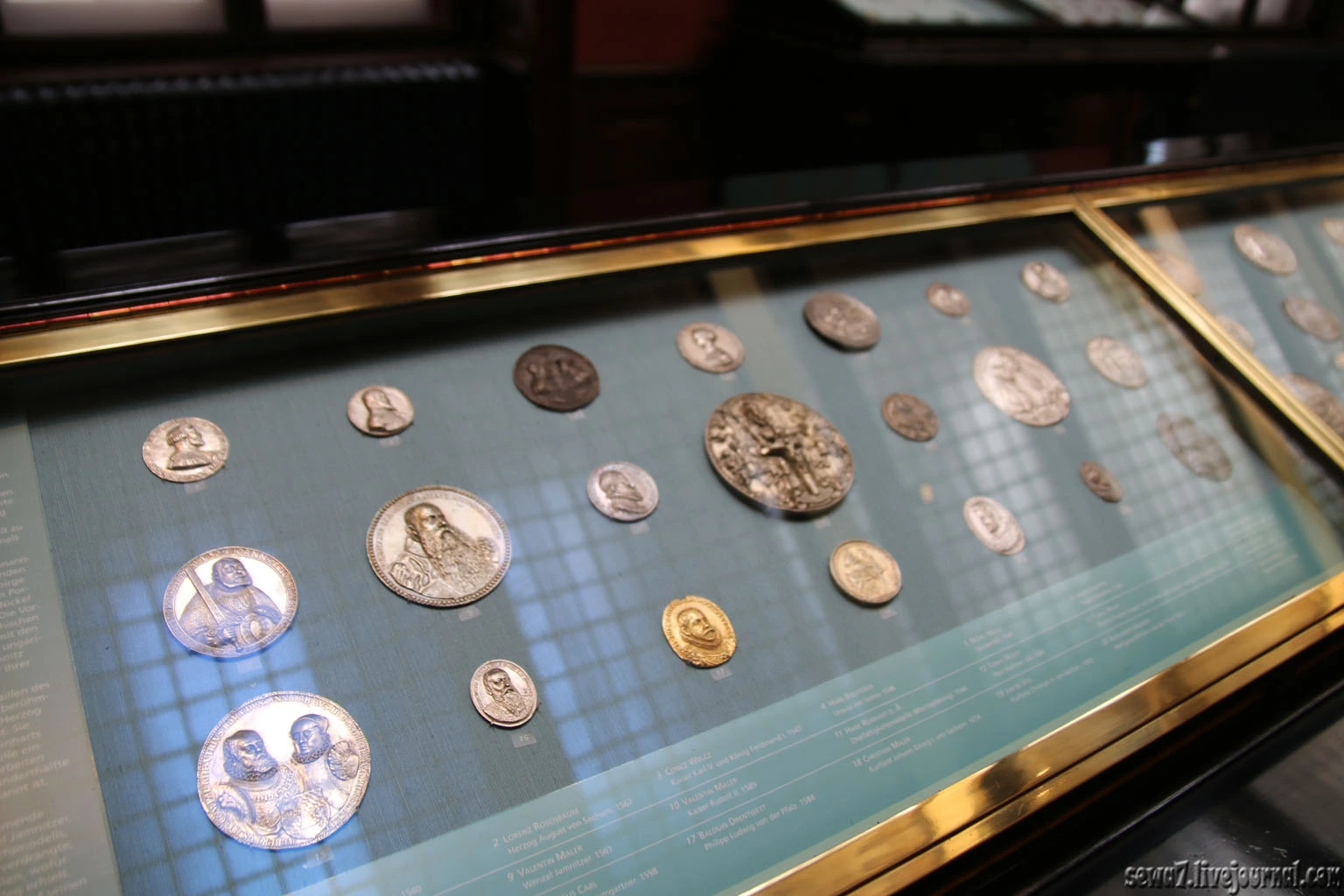
Medieval European coins
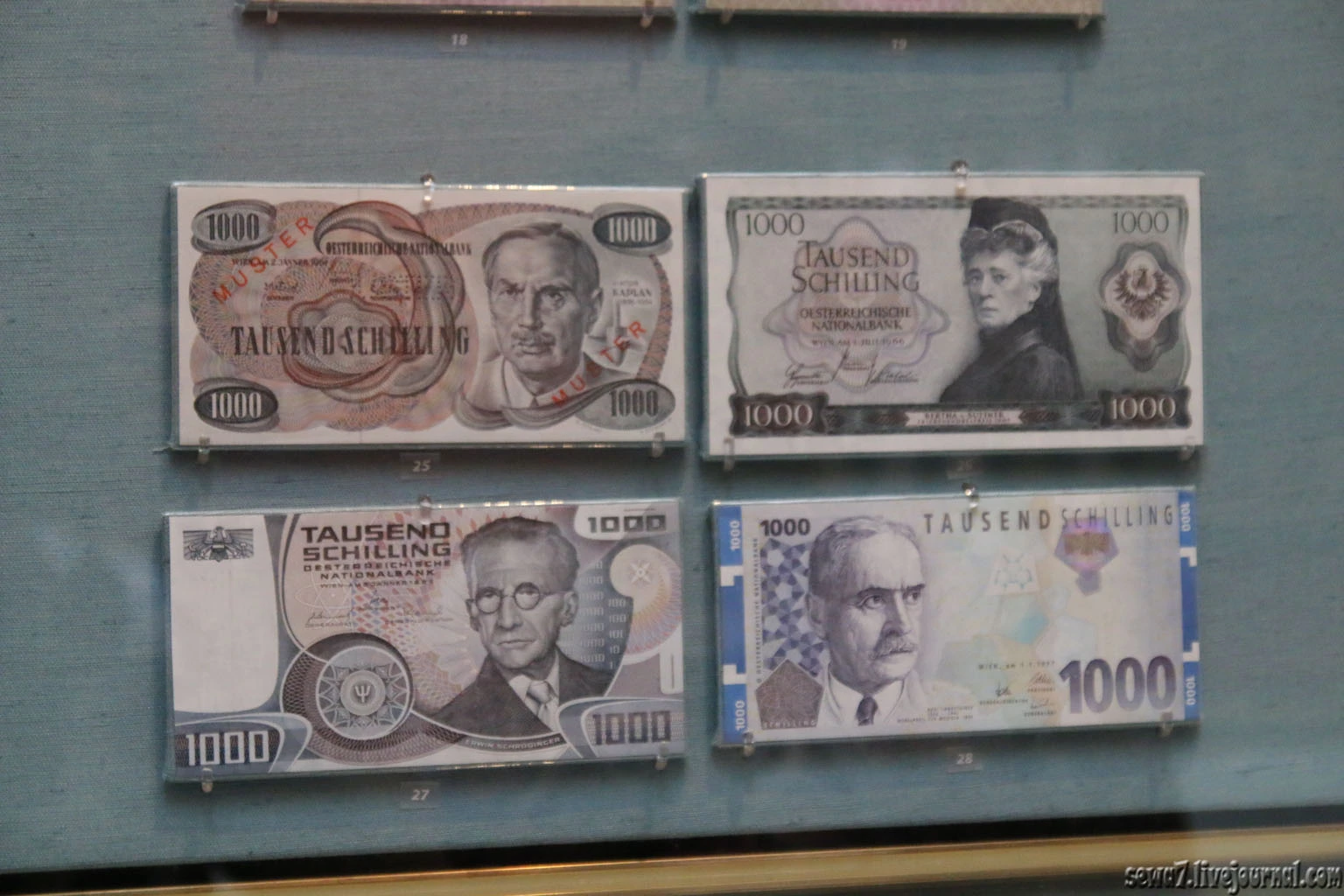
Paper money of the last century
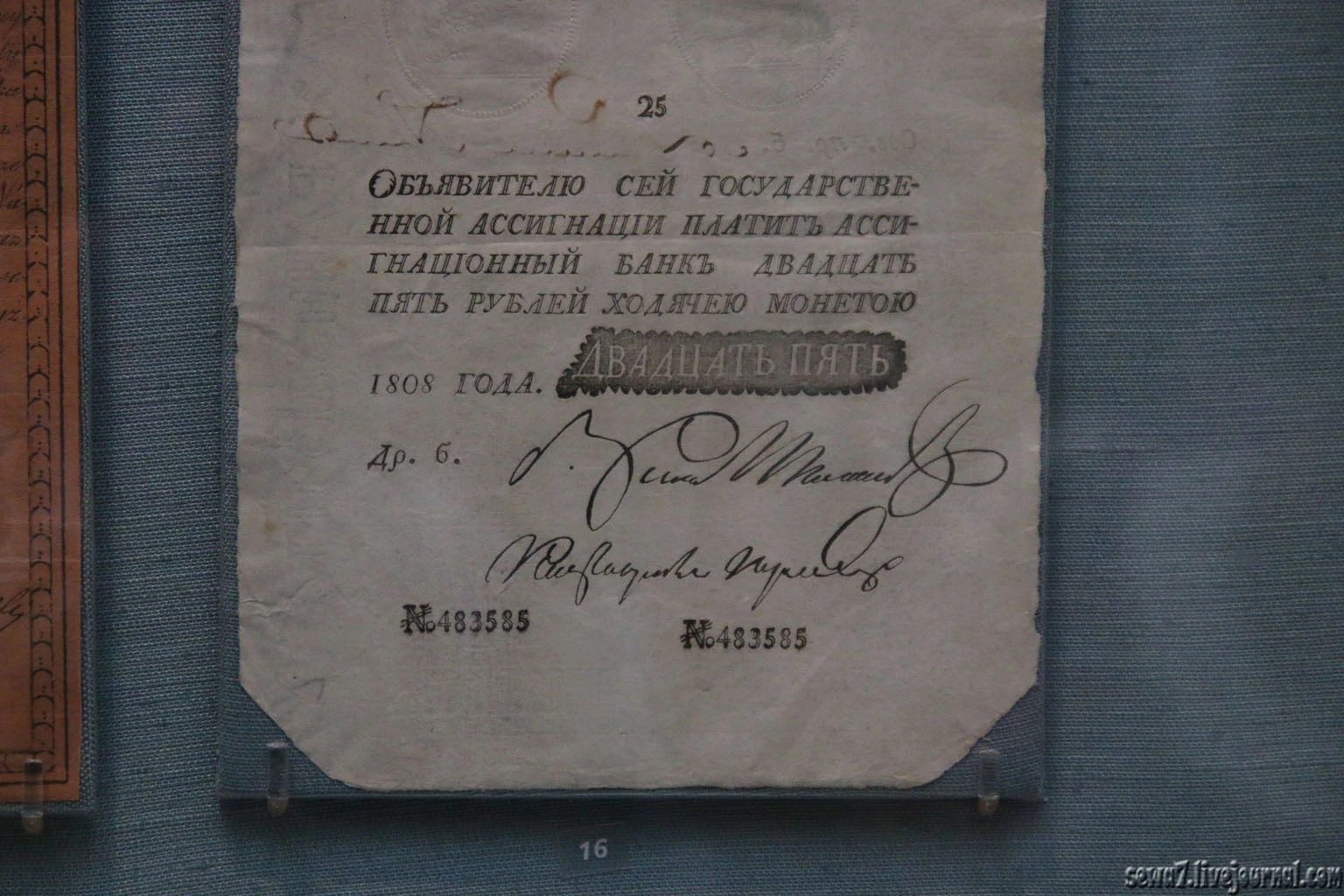
There is even a Russian bank notes :)
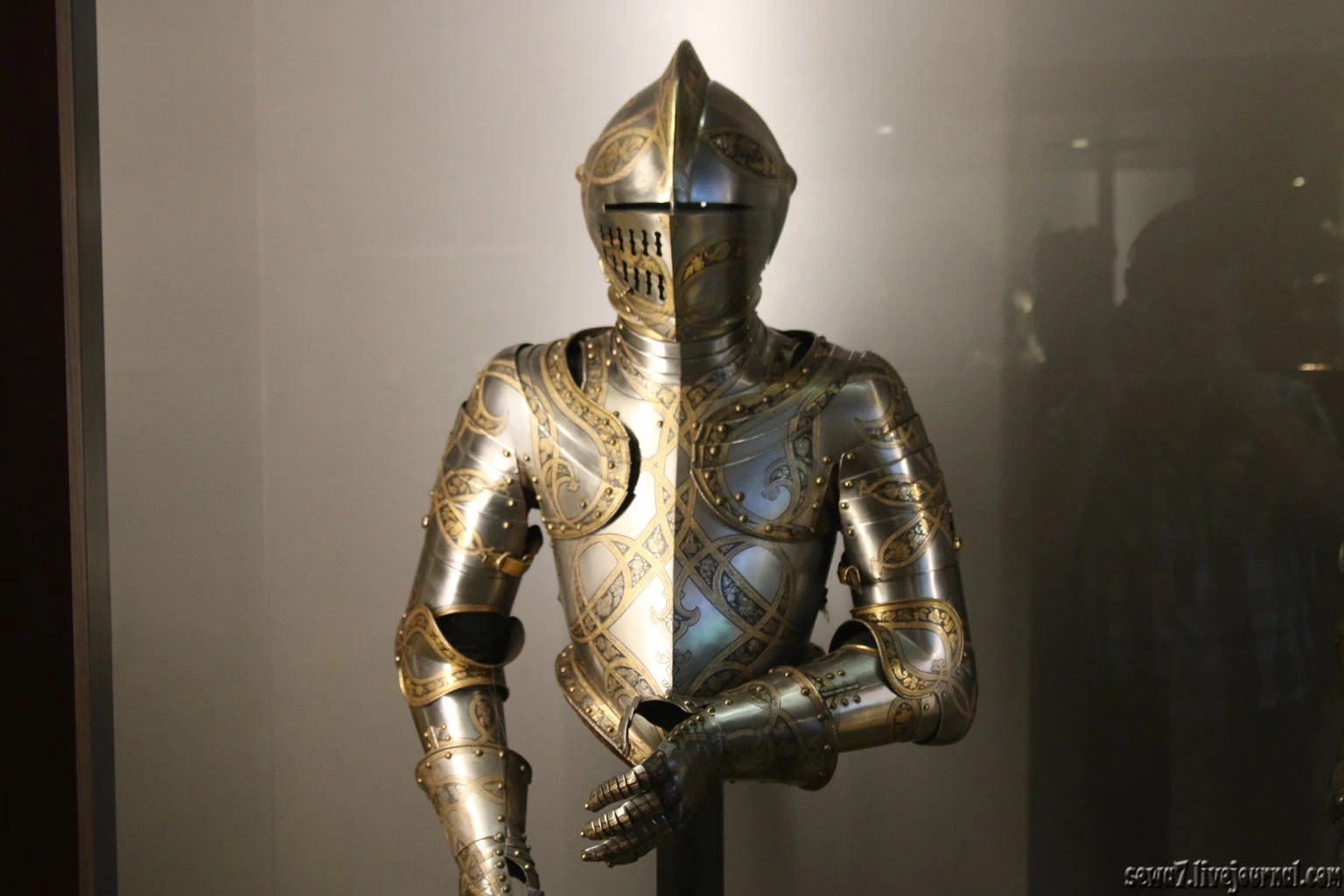
In the adjacent exhibition hall of knight's armor
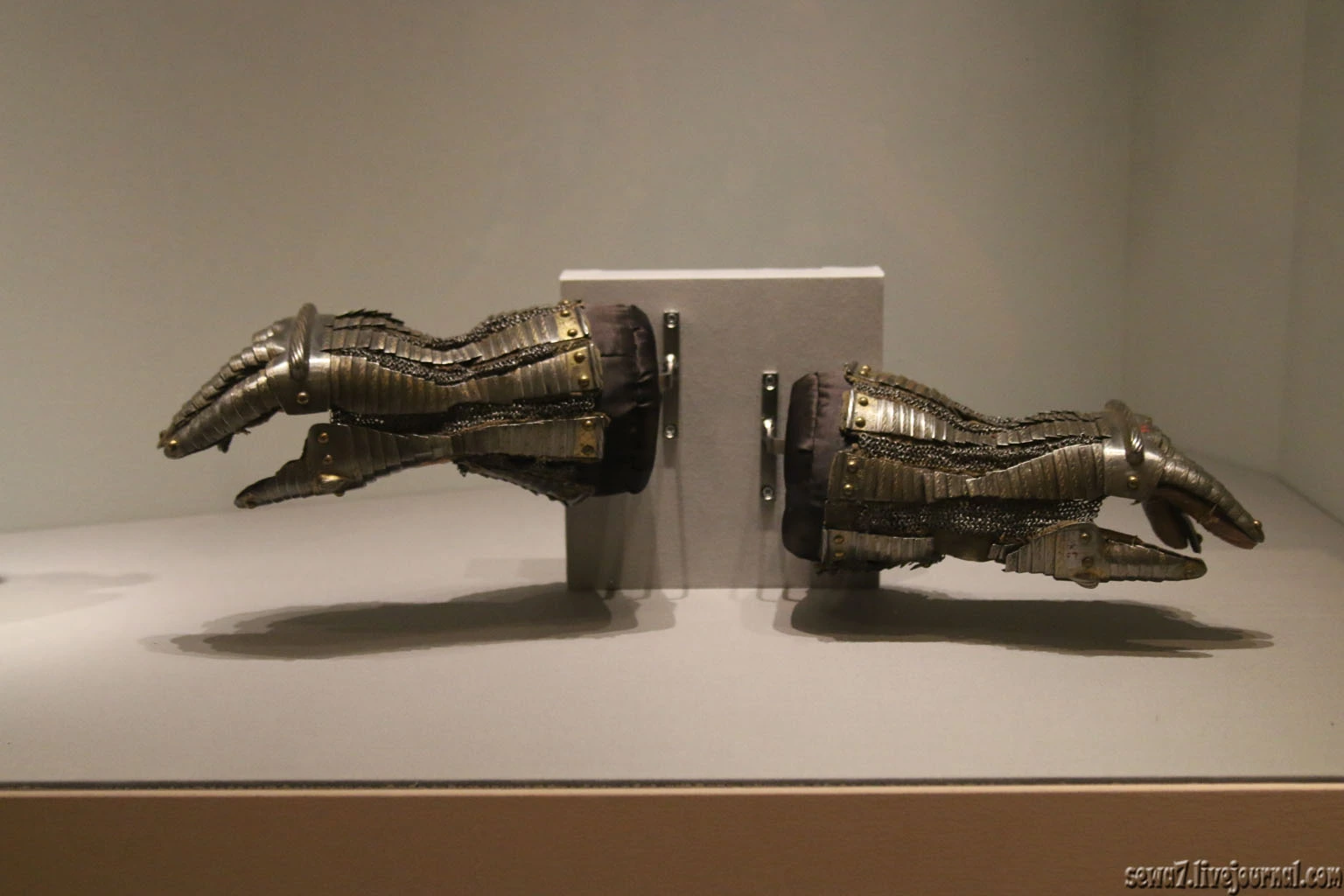
From these gloves I would still not refuse :)
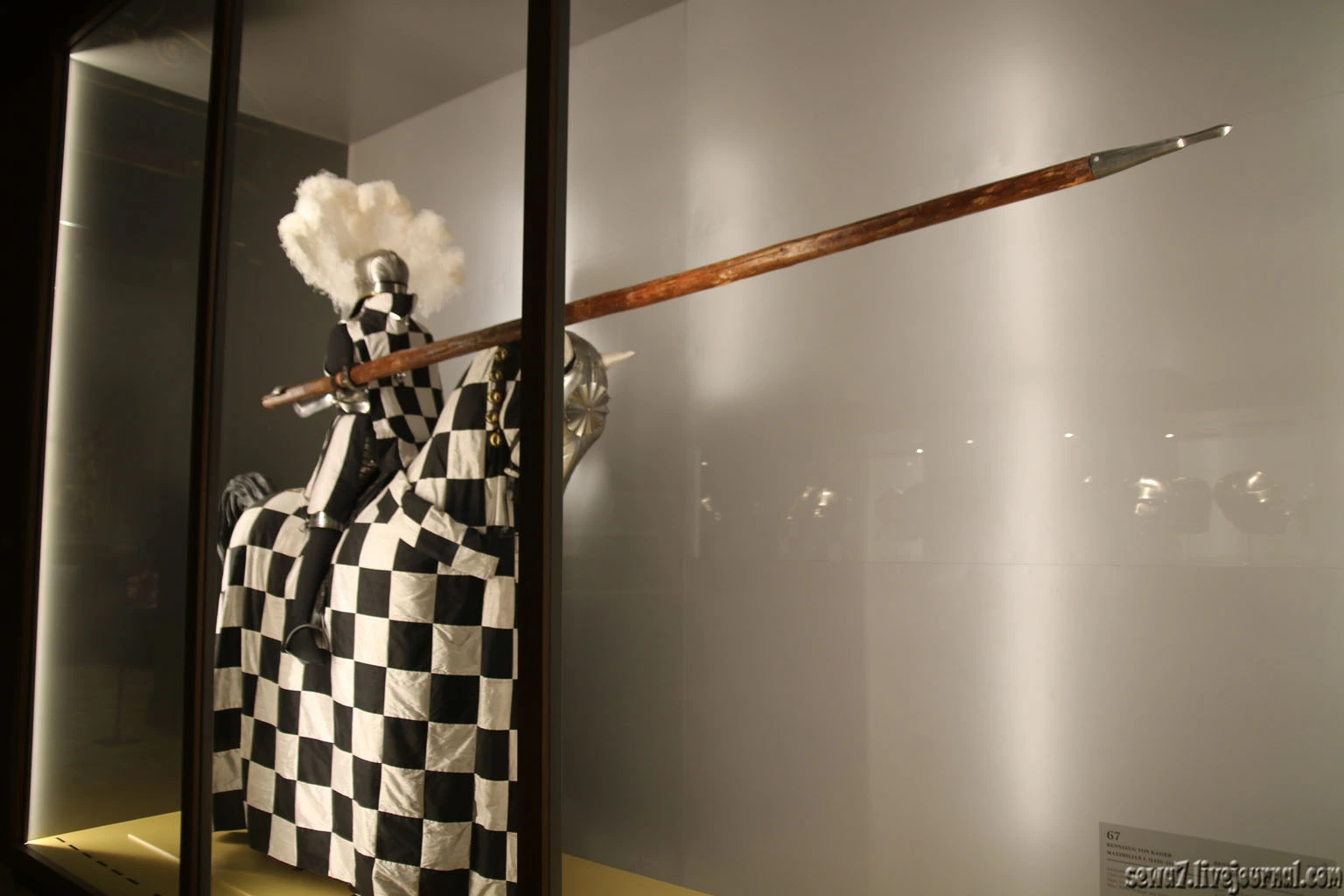
Overall, the museum definitely deserves attention. Visit there at least half a day, but only in one art gallery and you can spend all day, considering in detail the ancient works of art :)


